By Ashley Waddell Tingstad • Photos by Hilary Nichols
For the last 15 years, in the early morning between five and eight, the 200 block of South Main Street has filled with yoga practitioners who come and go before the town comes to life. It’s a diverse group, ranging from those in their teens to those in their 80s, across all sorts of life situations and physical capacities. The yoga they practice is tailored to the individual. Depending on the person, the practice might include various physical asanas, breathing techniques, and meditations. What they all have in common is that they’re all part of a school, and a community organization, called Ashtanga Yoga Ann Arbor.
Since its founding in 2010, this place has been known and discovered only by word of mouth. But in September of 2024, a small sign appeared on Main Street, tucked into the vitrine between the Pretzel Bell and Himalayan Bazaar—almost like a fairy door. The teacher there, Angela Jamison, chose this tiny glimmer of visibility after years of quiet, intense focus on just two things: sharing the yoga techniques from her lineage and building a grassroots community.
Then two months later, in November 2024, a major event massively increased her personal responsibility to share publicly about her lineage. Her teacher, Sharath Jois, died suddenly when they were hiking together with a group in the Shenandoah mountains. This interview shares a little bit about that transformation.
Ashley Waddell Tingstad: Can you describe what it is that you teach?
Angela Jamison: Yoga has so many approximations in English. Most are good; but all leave something out. For our method, which is a classical eight-limbed practice rooted in the teachings of T. Krishnamacharya, we just say that yoga is relationship. It’s simple, but, taken seriously, it’s vitally clarifying. I would say, transformative.
Applying the organizing principle of relationship to each facet of experience, and each choice on the path of a life, tends to help us move toward balance. The proposition that yoga is a practice of conscious relationship applies both within ourselves–because a human being is also a cluster of many intersecting relationships–and also across the many, many points of contact that one’s life has with the greater world and cosmos.
Ashtanga yoga is usually thought of as a highly energized physical practice, done each morning as a way to frame our daily life as a yoga practice in itself. True, physical asana is one of the practices I do most days, and have done for nearly 25 years. But, this is just the most obvious entry point. A lot of what I’ve been taught by my teachers is about mindset, or how to create ritual through contacting sacred experiences each day, about navigating different phases of life like parenthood, professional advancement, or elder care.
I’m especially interested in practices that we can do when life gets hard—when we’re tempted to fall into our unconscious patterning or paroxysms of suffering.
Yoga is very good tech in a world bursting with mental malware. I want everyone I work with to have a whole toolbox of techniques they can go to under stress, so that we can be at our best for others and for ourselves.
The acute stressors of these times are actually what prompted me to put up a sign on Main Street this fall after 15 years of allowing people to find our school through sheer coincidence or luck.
Our school had already held steady as a place to practice together through some really hard times. We met online or outdoors every day of Covid, for example, and went through the upheavals of 2016 in a way that turned hard times into grist for the mill of practice But it’s not like the challenges are only in the past. Ashtanga is not a bypass or escape from these things. What I have observed in our broader world this past year, and what we might expect in the short term, is a crescendo in environmental and technological stressors. It’s getting harder for humans to find peace inside ourselves and to be with others peacefully.
It’s normal for this stress to lead our minds to distraction, delusion, and confusion. Sometimes we spin in place; sometimes we dissociate or even self-destruct. Ashtanga yoga was designed in stressful times too, and crafted explicitly to mitigate these states, slowly fostering discernment and discipline and genuine, non-theatrical, non-mawkish love within each practitioner.
This fall, after 15 years of sweet relationships with diverse students I meet through kismet, I felt a responsibility to be make our school just a little more visible. The inner peace part of yoga is real, and so is the outward peacemaking action it fosters in this world. There is a precise integrity in it, and sublimity. I see that now is a time to hold these methods in just a slightly less esoteric way than I have in the past.
Ashley Waddell Tingstad: Can you share about your teacher’s death?
Angela Jamison: It was sudden. For decades, I have been planning for him to outlive me, as he was only 53. He had a massive heart attack while hiking with a group of his senior students in Virginia. I was holding his hand as he was leaving this world, and understood that he was at peace. It has helped many people to know that he had a year-long case of rheumatic fever that severely weakened his heart as a child.
For me, personally, it seems that being with him and a few treasured colleagues in his final moments has transmitted a peace that passes understanding. He taught so much, to hundreds of thousands through the world, in the time that he had. It is really something to have a teacher like that in life.
In the time that I have left, be it days or decades, I expect to be celebrating him and missing him each day as I teach. In that, I have never felt so alive. Now, the energy of his transmission of these methods to me feels more electric than a single person can ever be.
This is why I’d like to share about our shala, after all these years of operating under the radar, just a block away from the Crazy Wisdom bookstore. This method is intensely alive in Ann Arbor and has been for years.
Ashley Waddell Tingstad: How did you end up doing this work?
Angela Jamison: It’s something I resisted in various ways until Sharath made it inevitable in 2011. I’d been practicing ashtanga yoga for 11 years by then. In 2009, I’d followed my partner to Michigan from California, after grad school at UCLA. The Sociology department generously gave me a lectureship, though the academic job market had collapsed due to the financial crisis.
Leaving my yoga community in LA was devastating. I lacked vision around my academic career and was lonely for spiritual community. During my first two years here—when I was spending winters in India and waiting for the job market to revive—everyone else suspected that teaching yoga was my future. My attention and passion had been centered there for a decade already. Sharath saw it too, but when he attempted to give me his blessing to teach in 2010, I said I wasn’t ready. I knew I didn’t know anything about yoga and felt inadequate to help others.
Then, as now, I felt that communicating and sharing with others about yoga, the body, and our inner world is sacred.
One of my favorite facts about our shala, and my life, is that Ann Arbor itself transformed me into a teacher. I get to live in this town which changed me and gave me purpose.
In spring 2010, the lovely owners and students of A2Yoga pestered me to teach a Saturday asana class that, at last, I could no longer resist. There was no one else equipped to do it, even though I also felt unprepared and inadequate.
Then, some regulars in that class figured out I was doing my personal practice every morning at home, in a room where two other mats could fit. Pretty soon there were two different people waiting on my back porch on Spring Street every morning at six. The cost of admission was the task of memorizing a personal ashtanga practice such that one could breathe along with me for an hour or two before work.
My loneliness evaporated with the snows and was replaced with a sense of real connection. The people here were grounded, conscientious, and very smart. I stopped planning my escape back to California, and started telling friends in LA that the yoga people in Michigan were “the most sincere I’d ever met.”
The following winter back in India, Sharath didn’t leave me a choice about whether he would bless me to teach. He never said to quit my day job, but for my particular personality, I needed to make a bold choice about my professional life. Devotional commitment to teaching–and giving up academia decisively—reorganized my energy. So, I returned from India that April and broke it to people here that I would not be teaching Sociology that semester as planned. Each one swallowed a grin or shook their head knowingly. I had been deluding myself and was the last one to know my own path.
There was a whole decade of ashtanga practice before this, in which yoga became a daily personal discipline and a form of devotion. But without the move to Michigan, ashtanga for me would have remained personal and internal, not a vocation.
Ashley Waddell Tingstad: Do you miss the academic life?
Angela Jamison: I would miss it terribly in any other situation. But here, I get to work with researchers and intellectuals every day. One of the most rewarding experiences in my life is holding the space for others as they take refuge in their own bodies. Scientists, when they set an intention to research their experience from within, often discover the most gorgeous worlds of interoception and metacognition.
But this is not just true for academics, of course. I tend to work with people who have a lot of responsibility in life, and who look after many others. There are also many practitioners at our shala who arrive having already developed strong spiritual disciplines, especially sitting meditation and community caregiving work. In all these cases, making real peace with the body, and doing so in a supportive and mostly silent community, tends to be brilliantly revealing—joyful, too. And profoundly sane: these methods are enormously stabilizing for the mind, emotions, and behaviors.
In addition to being every bit my teacher’s student, since I met him 22 years ago, I’m also the child and grandchild of spiritual caregivers. Although academia gave me professional opportunity and personal development, service was my real family inheritance. There is a kind of professionalism my family have transmitted to me that is a huge resource. Specifically, each student’s experience is private and confidential. My own role is to keep a clear code of ethics and support others in an inspired way, while understanding that teaching is not about me, my emotional needs, or building a personal following.
That said, it is enormously rewarding that directing our shala allows me to be a sociologist every day, running experiments and crafting a new organizational form that takes only what it needs from the paradigms of the yoga studio, the mystery school, and the community organization.
Back in LA, my efforts to protect my yoga practice from the inexorable process of commodification were not legible to most people. I was immersed in a relatively materialistic culture. I find in Ann Arbor an artistic, grounded community where education is highly valued. Most everyone here understands why I would not build our shala as a particularly capitalist enterprise. Sociology taught me that more effective, ethical, truthful, and beautiful organizational forms are possible. The shala is teaching me that, in community life and spiritual practice, the creative possibilities are boundless.
Ashley Waddell Tingstad: Where are you from originally?
Angela Jamison: I grew up in rural Yellowstone County, Montana on a ranch. It was an isolated setting with few resources of any kind. But there was abundant natural beauty and so many animal friends. Nature and animals are core inspirations of ashtanga method; I believe this is why I initially fell in love with the practice.
As a farm kid I did a lot of physical work in addition to playing with animals and adventures in the wilderness, but an obsessive curiosity about the wider world got the best of me: I decided as a teen to become a foreign correspondent. We didn’t get a newspaper; the few times I got my hands on one, I was thrilled by news of the world. I was lucky to receive a full scholarship to leave the state for college. Thereafter, global travel and language study have always been priorities for me. Ashtanga is itself a global practice, one united by the common language of the body. I feel so deeply at home within it, just as much as I do in Ann Arbor.
Culturally and geographically, I am a long way from those origins as a rural farm kid, but ashtanga yoga is a path of including and integrating everything in our lives. There’s no inner contradiction around the changes. It is all relationship.
Angela Jamison began exploring ashtanga yoga in 2000 and has practiced daily without a break since April 2003. She first met her teacher, R. Sharath Jois, in California in the early 2000s. In 2011, she received Sharath’s blessing to teach yoga, and in 2017, Sharath certified her as one of a handful of senior ashtanga teachers worldwide. Before graduate school in Sociology at UCLA, Jamison studied history, philosophy, and journalism at college in Oregon, and spent years doing social justice work and historical research around the world.
Learn more about Ashtanga Yoga Ann Arbor on their website, ashtangaannarbor.com or contact Jamison directly through email by writing to annarborashtanaga@gmail.com. The shala does not take drop-in students. Rather, the school offers a Foundations Course three times per year. This class series meets Saturday mornings at nine, for seven weeks, and constitutes a large time commitment. It is free of charge. Anyone who is interested can schedule a weekday class observation to meet Jamison in person and learn more about the Foundations Course.
Related Articles:















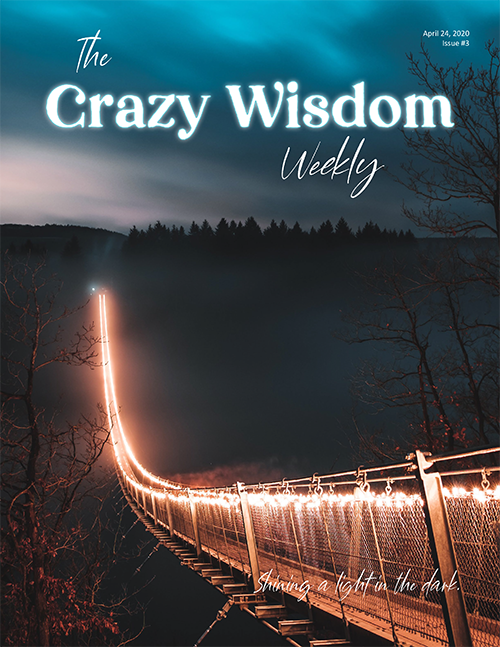


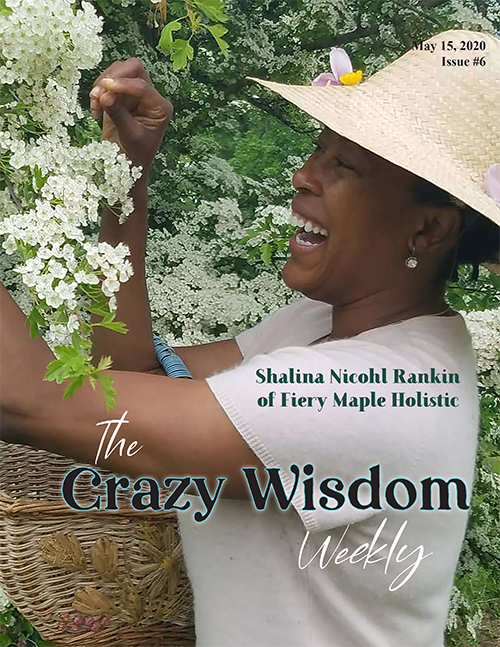
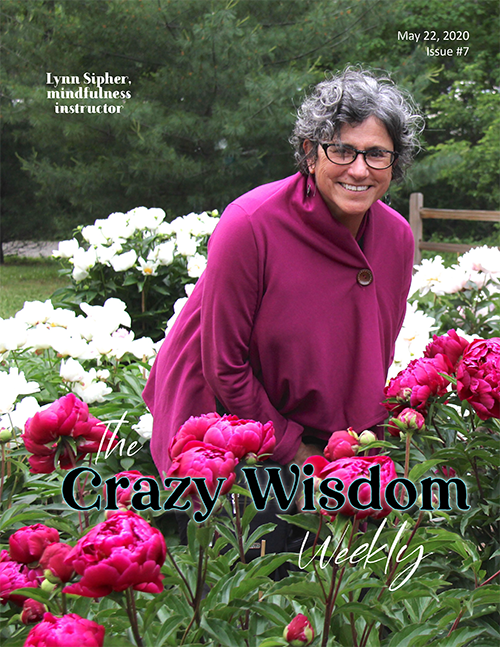


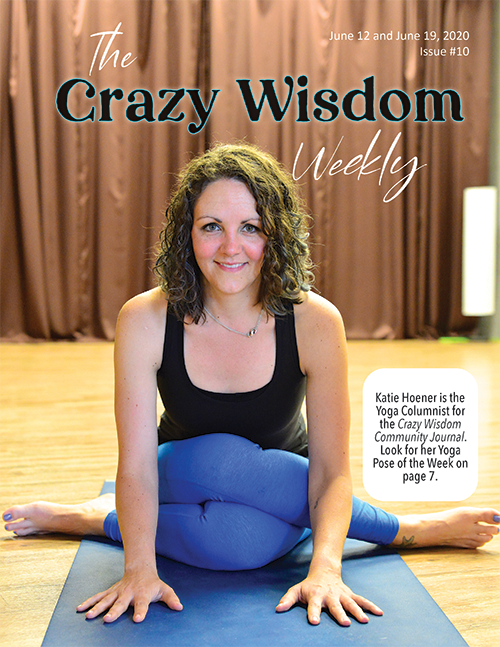
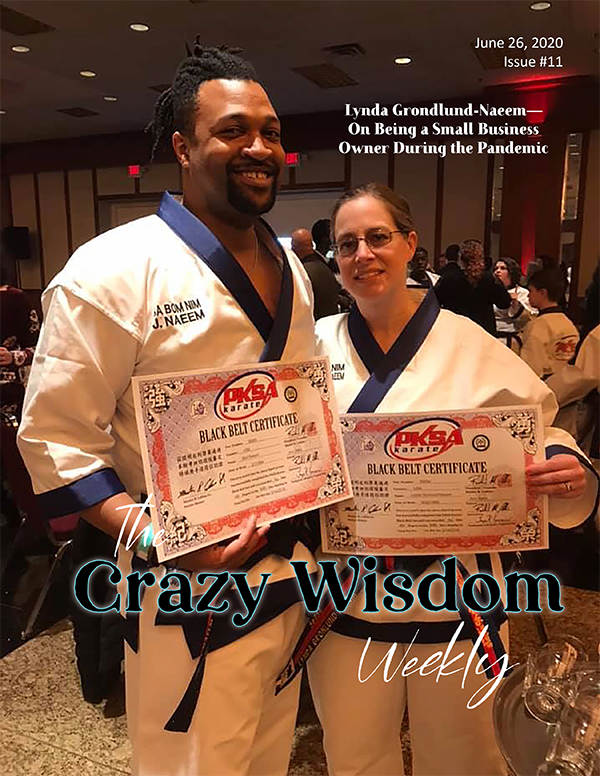
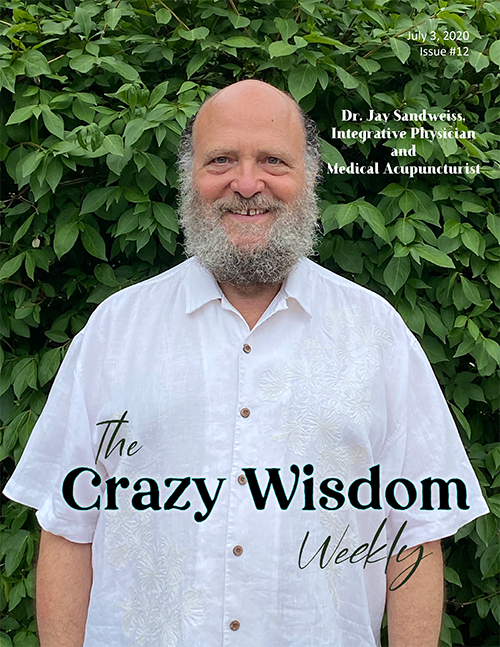
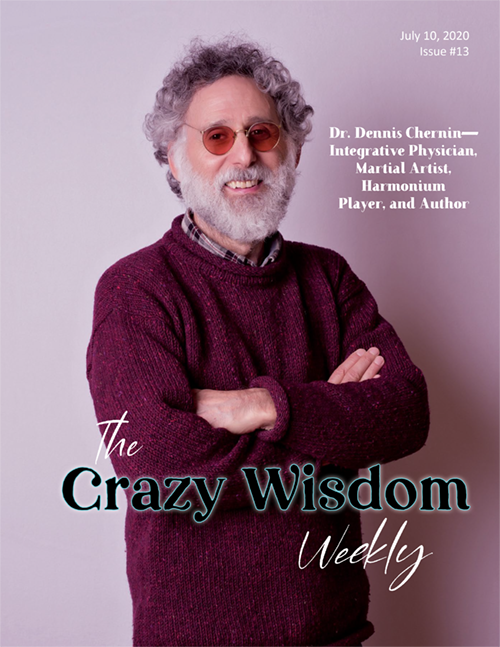
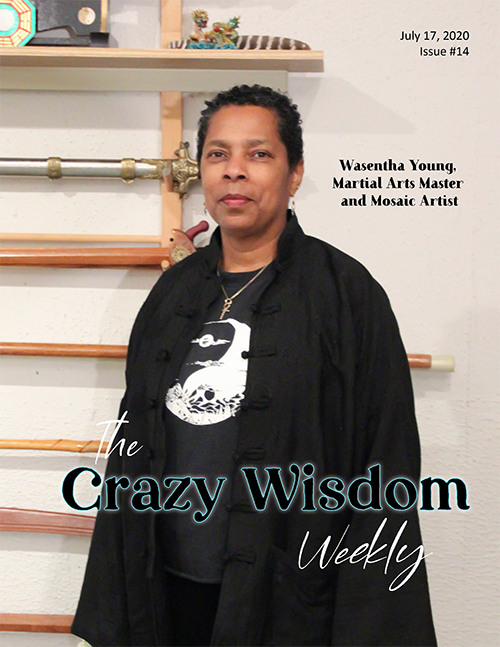
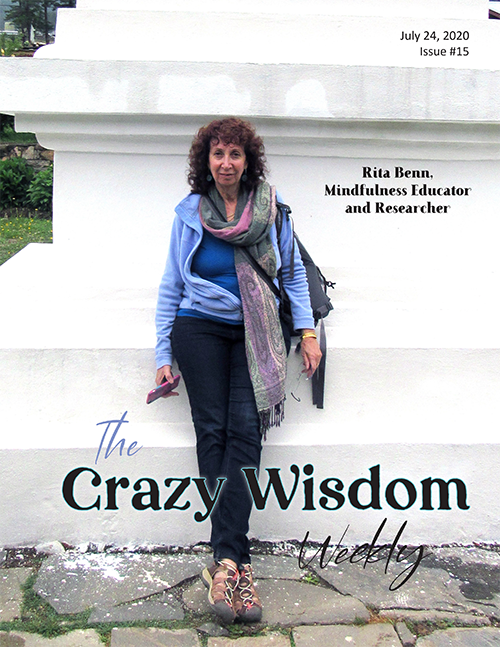

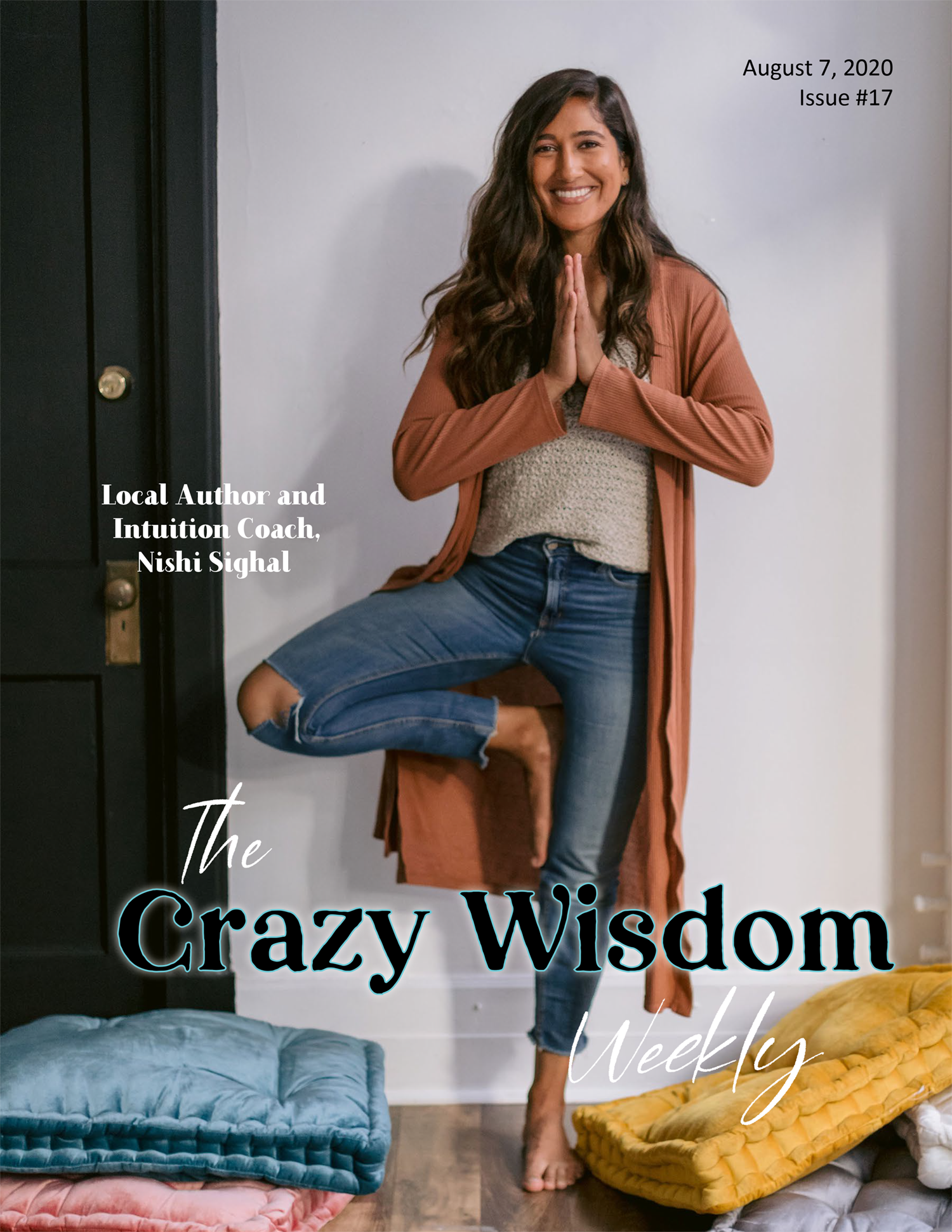

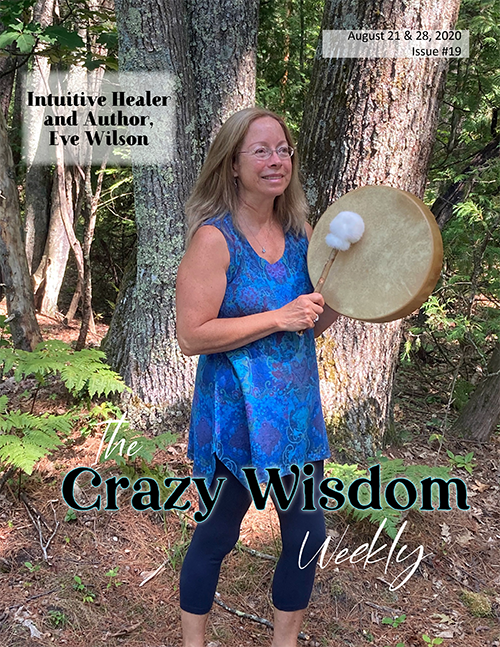



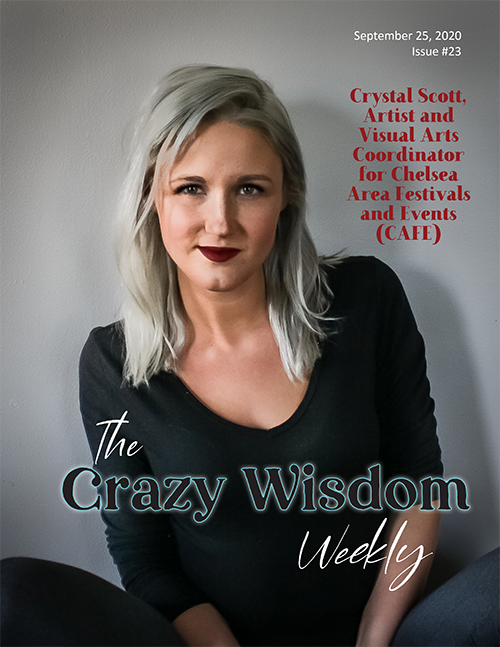

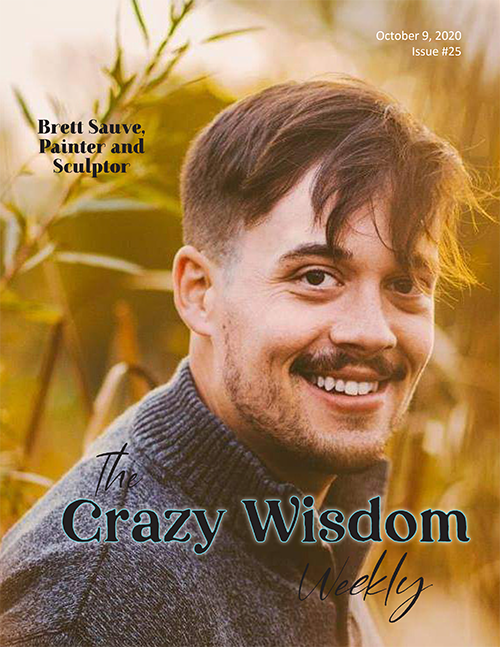
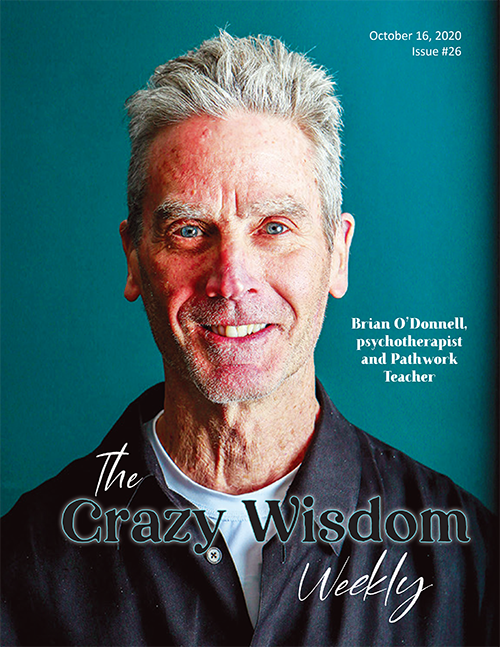

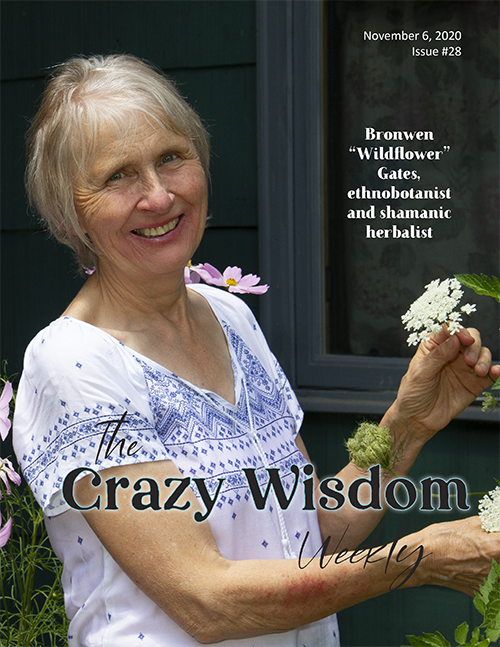
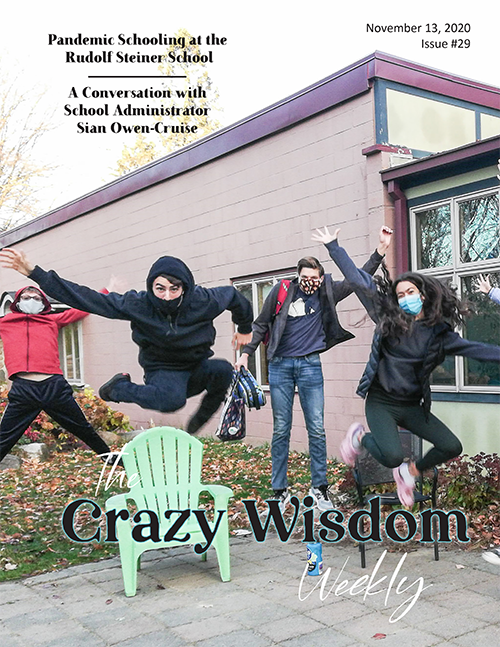
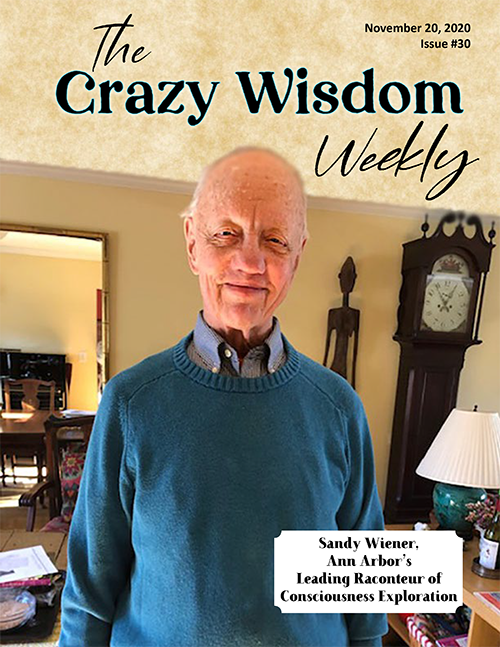
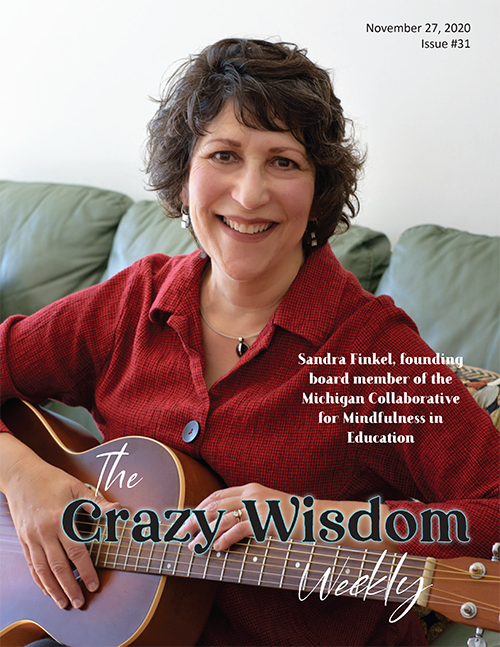
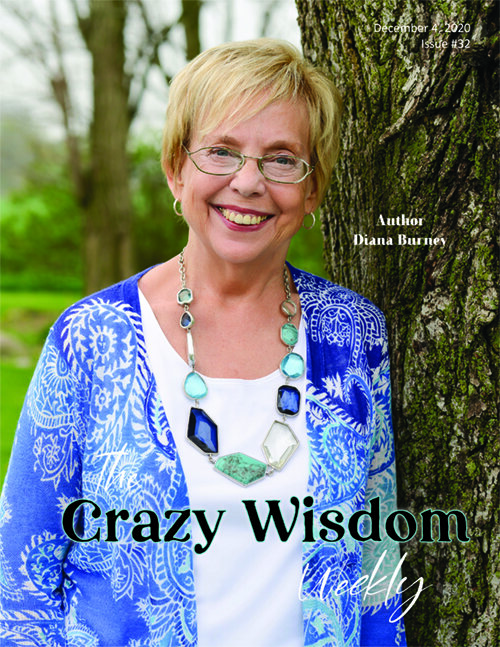

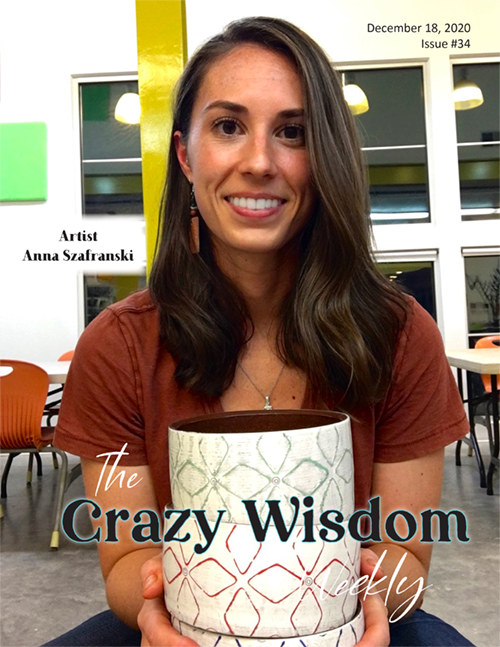

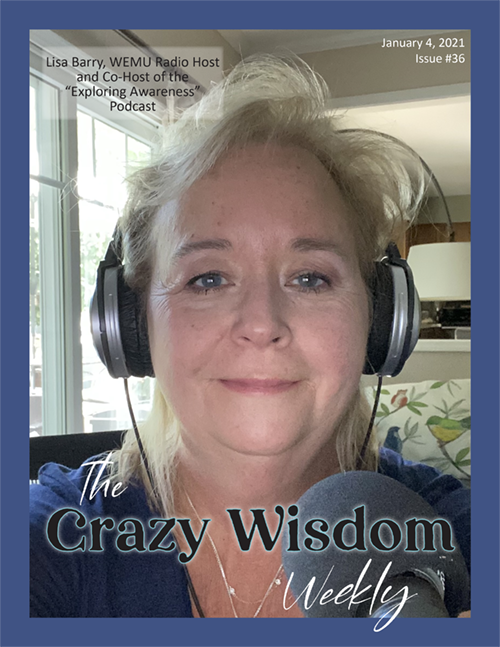
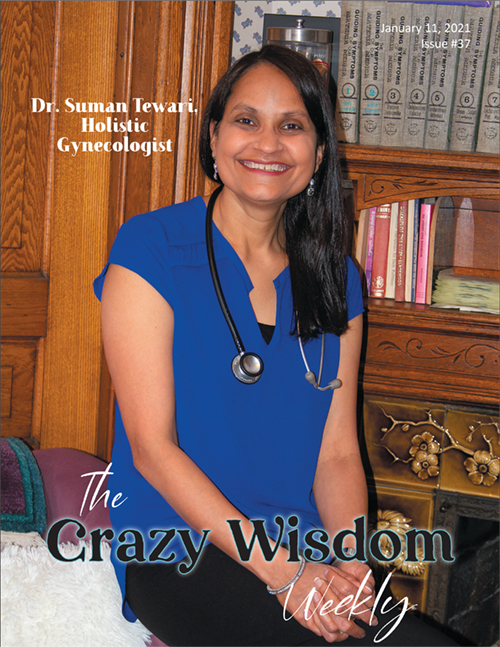

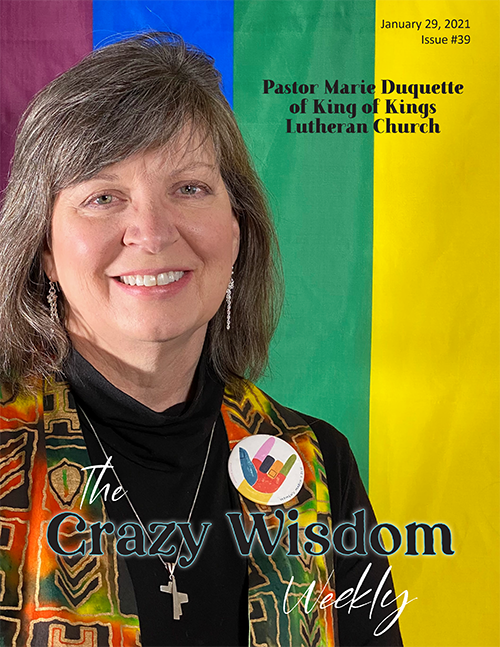



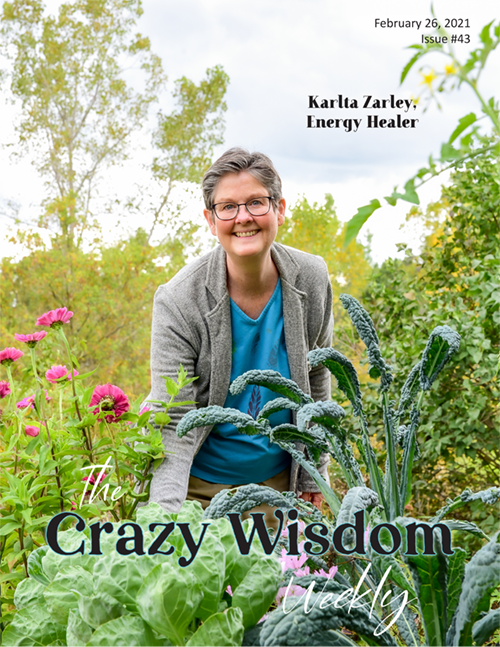
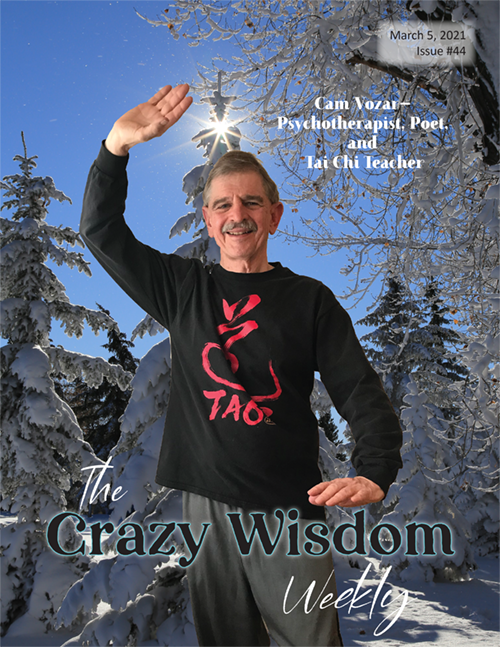

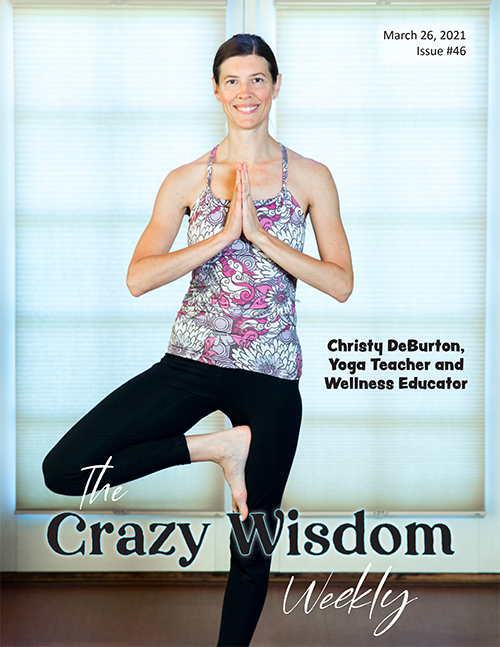
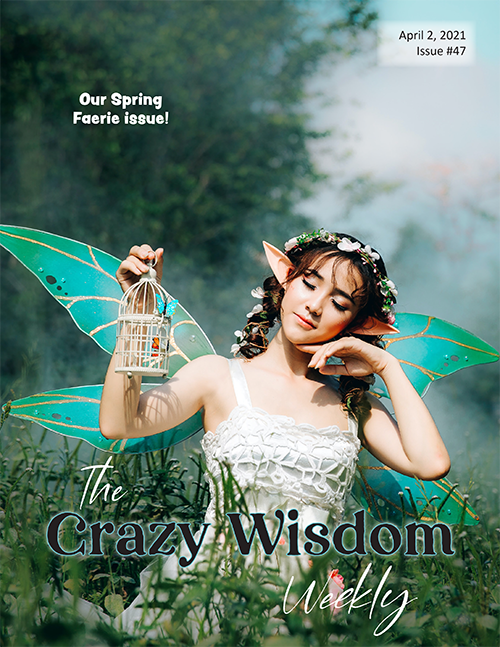
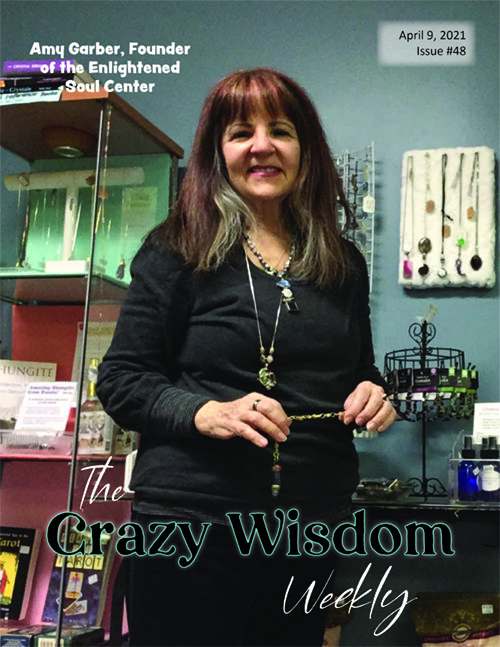

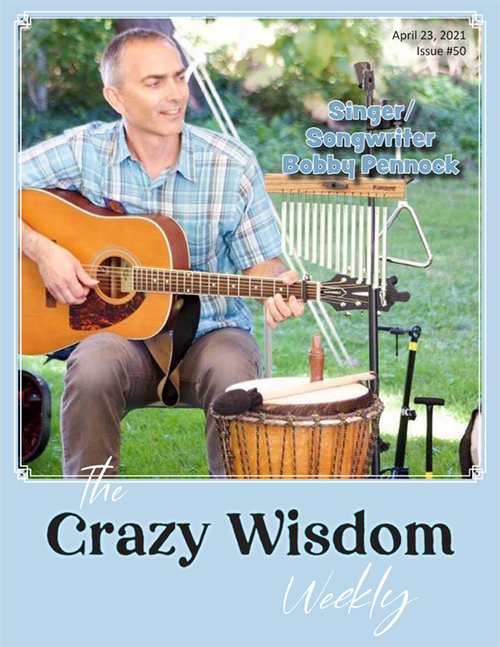
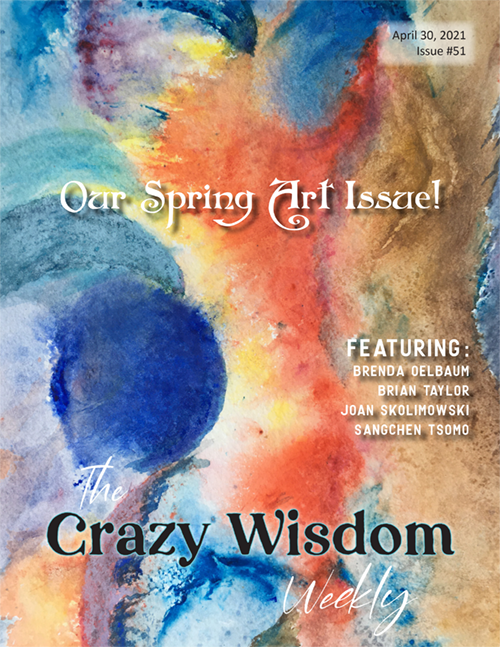
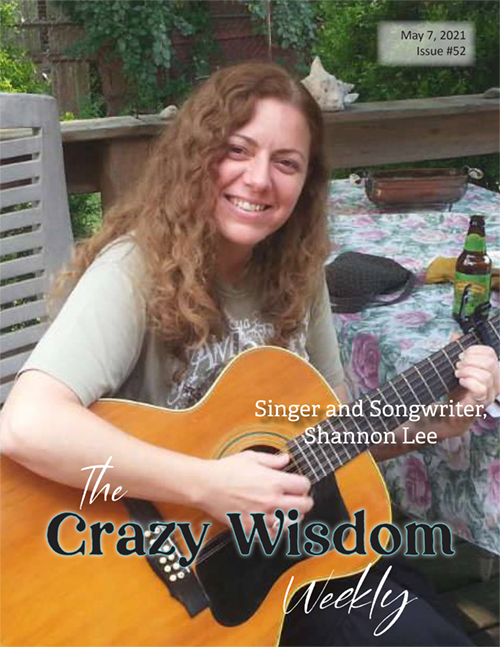


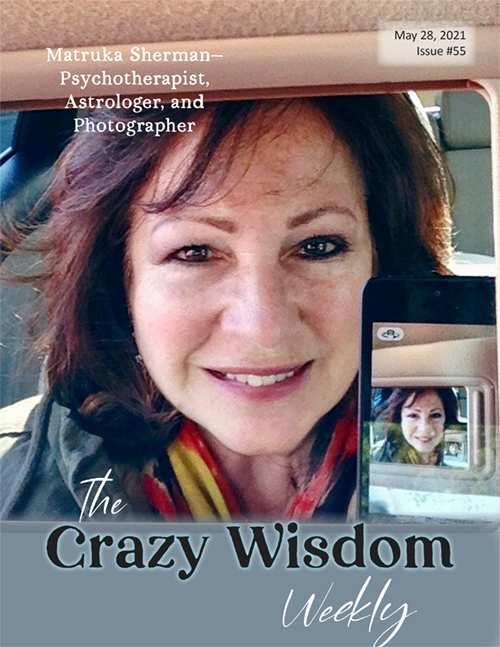
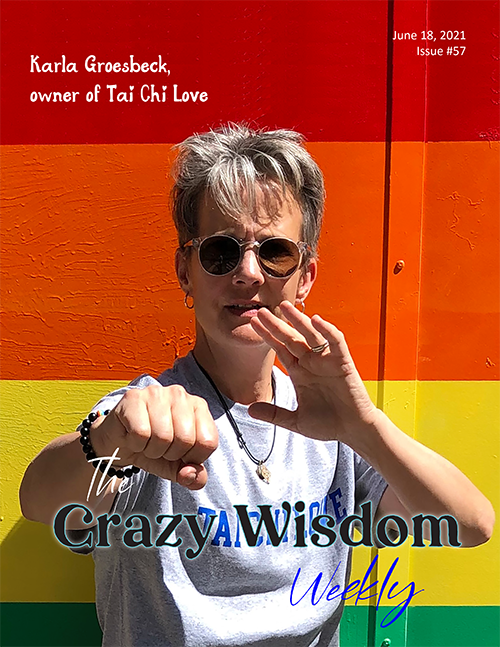

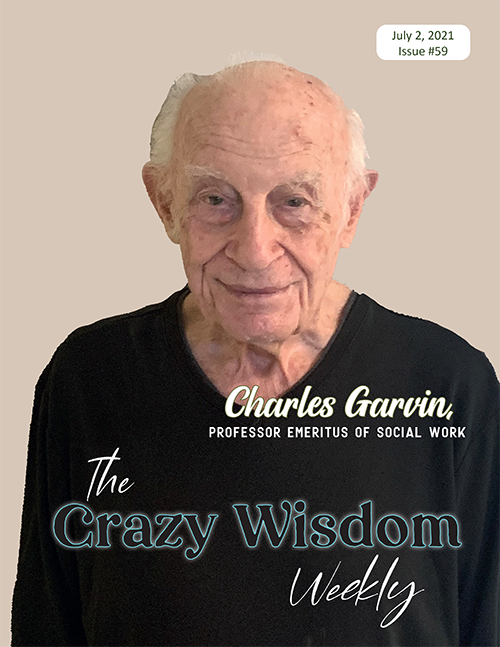

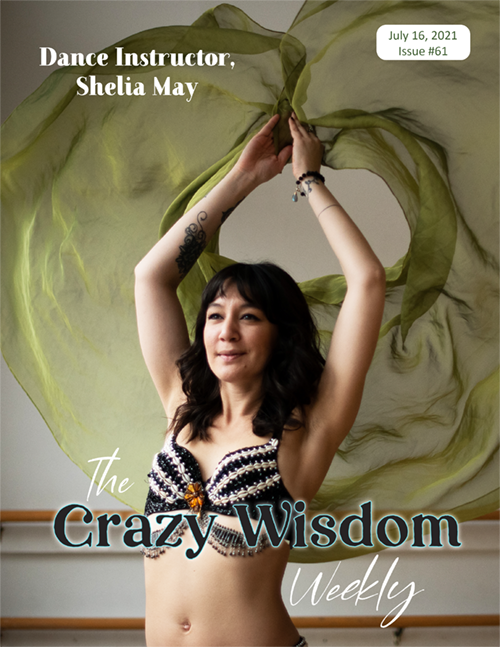

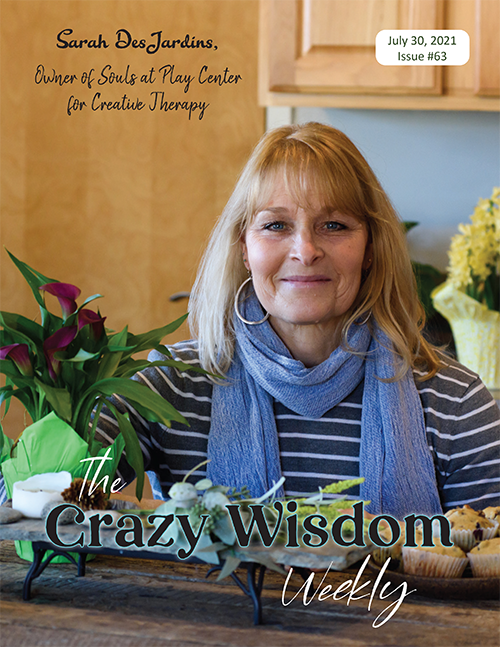
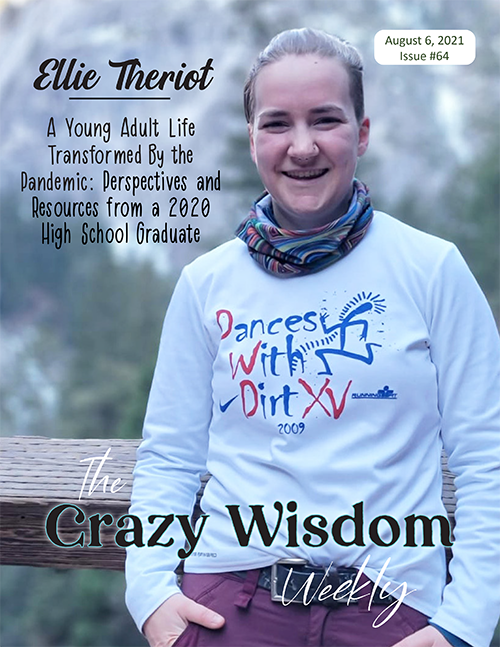
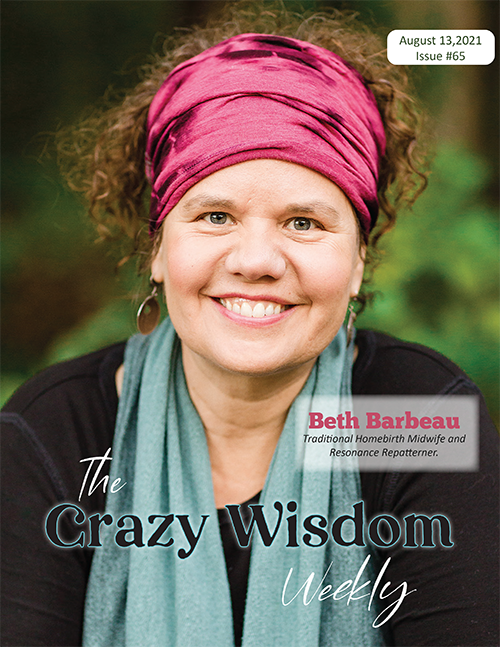
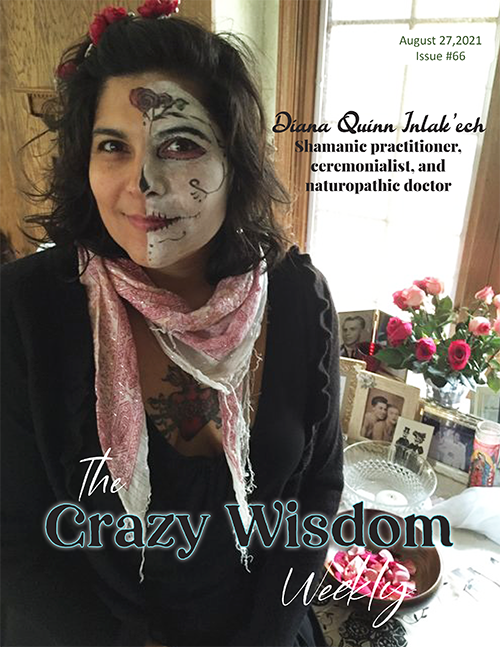
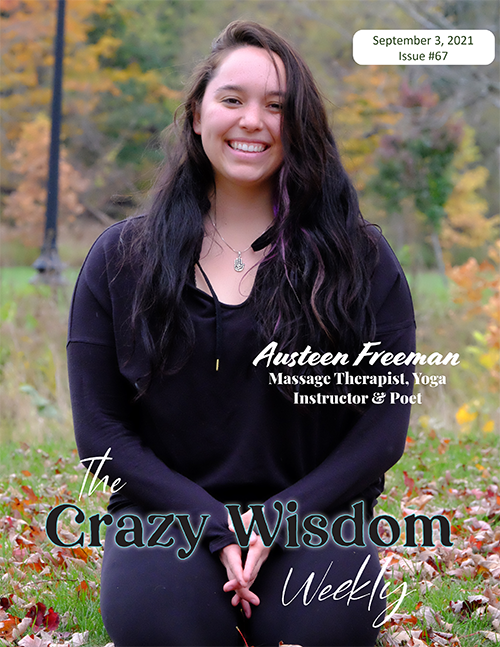
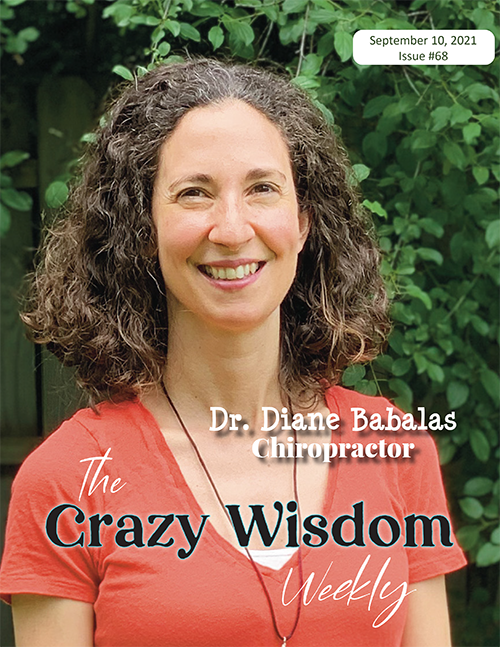
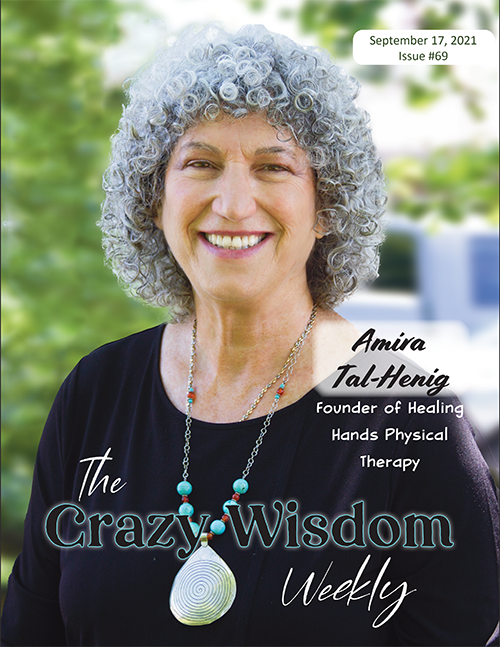
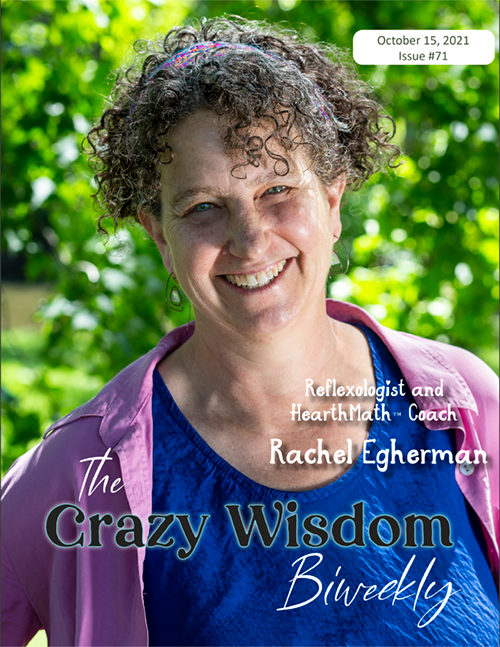

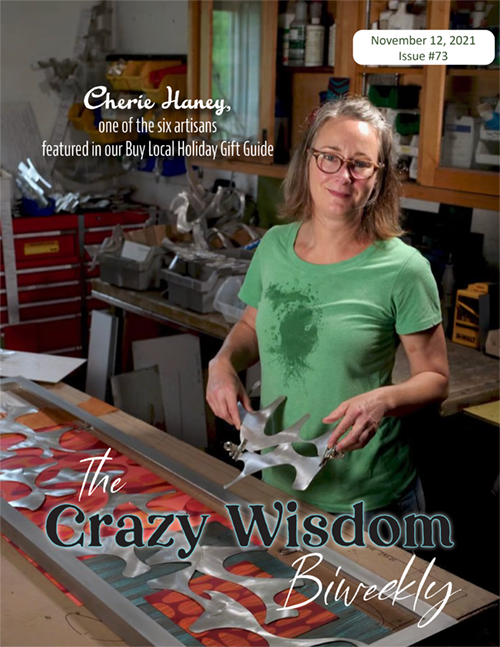
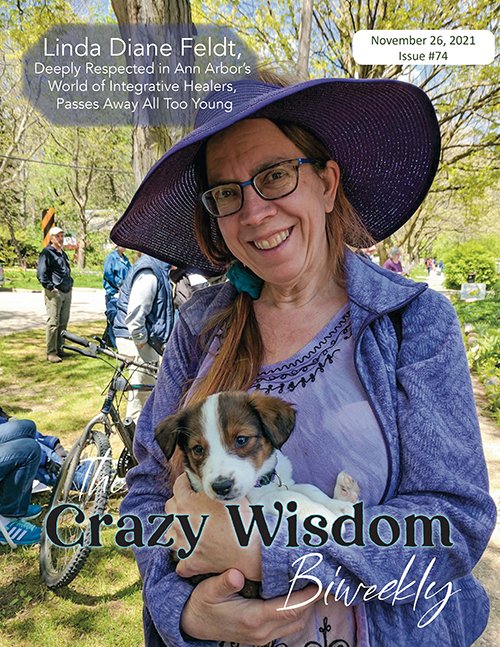
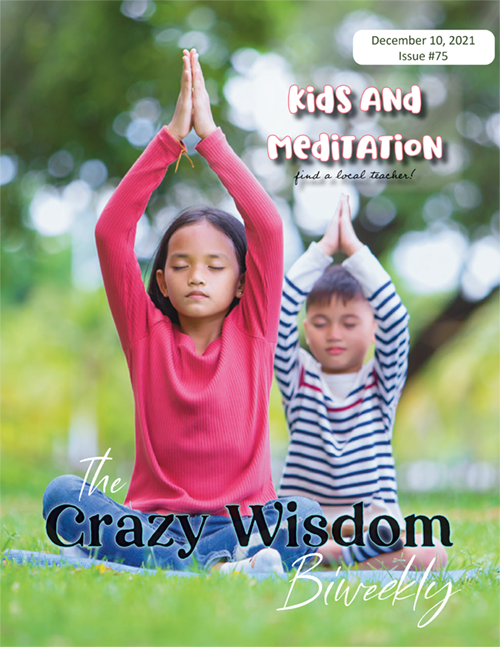



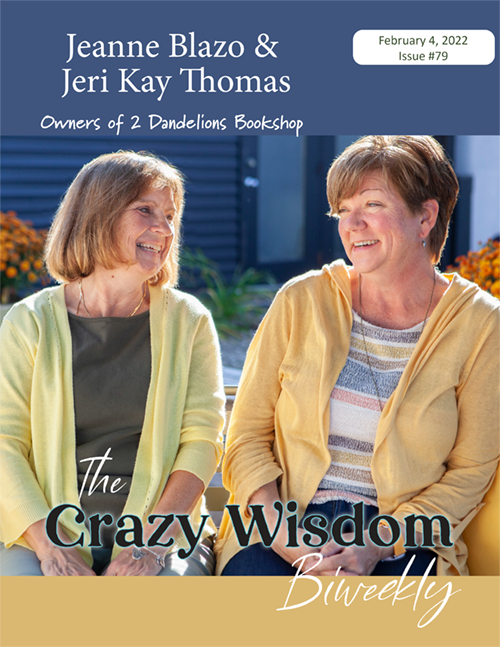
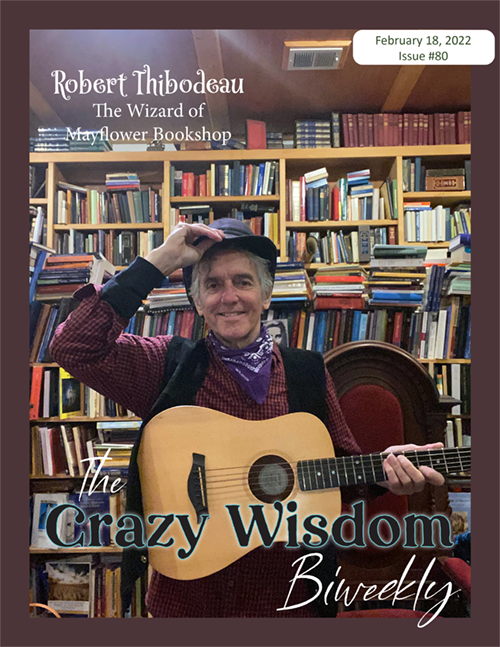
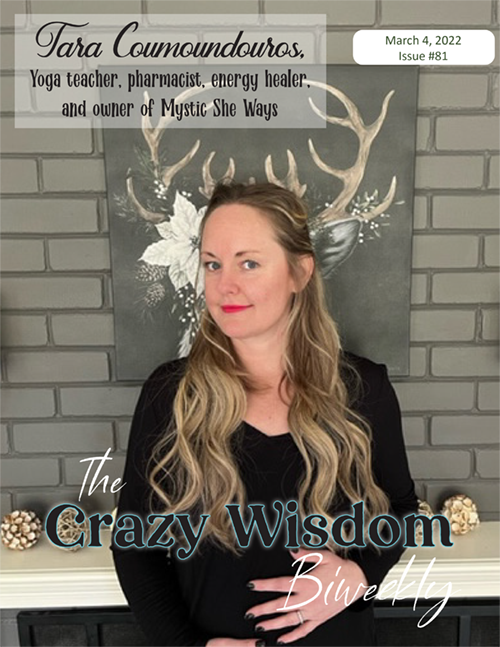

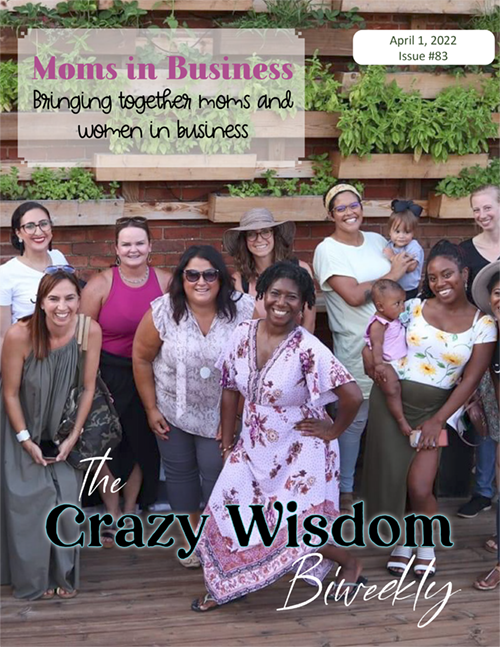
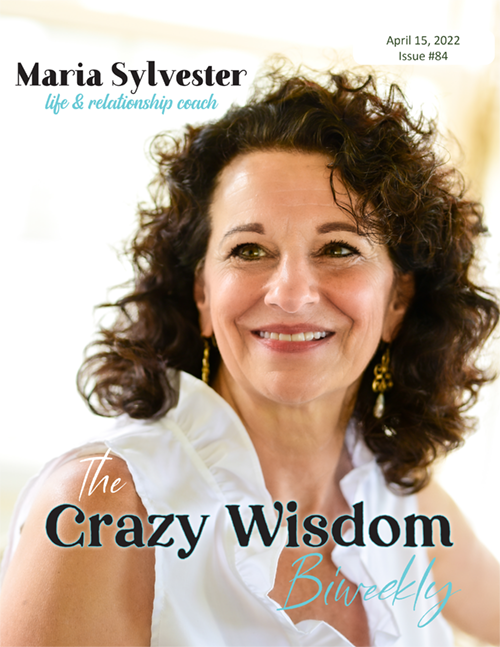

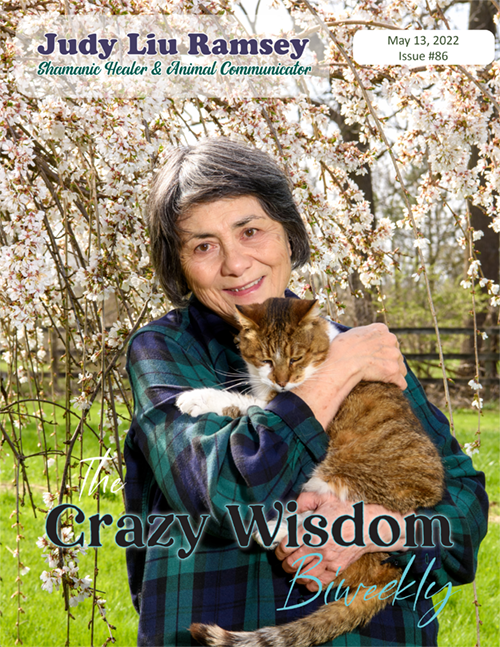

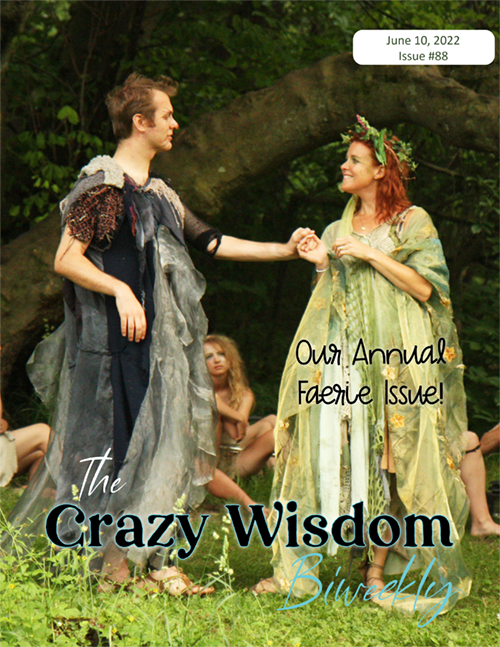


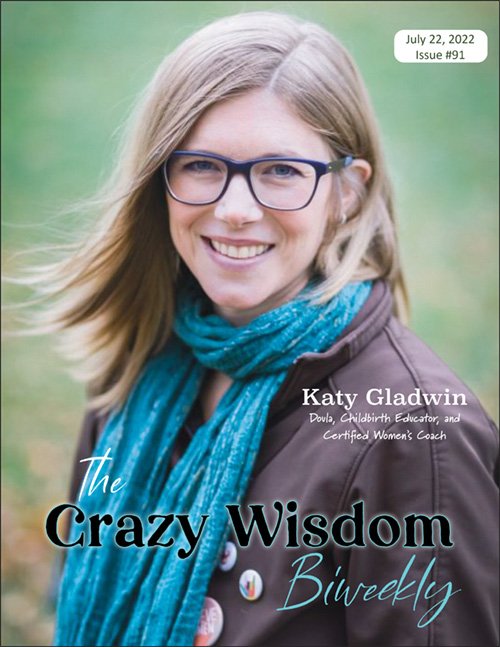
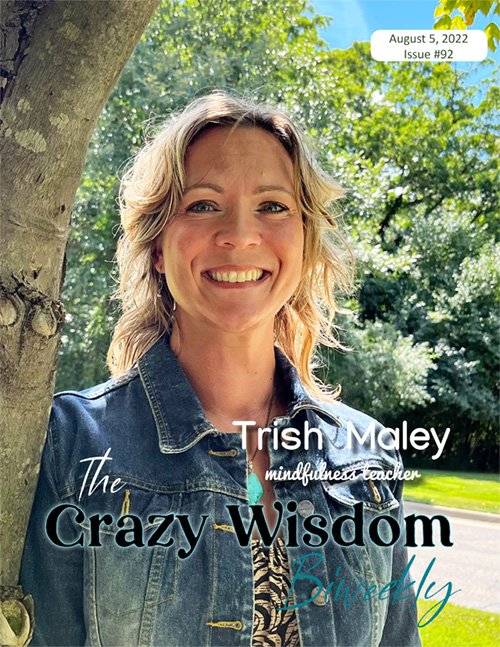
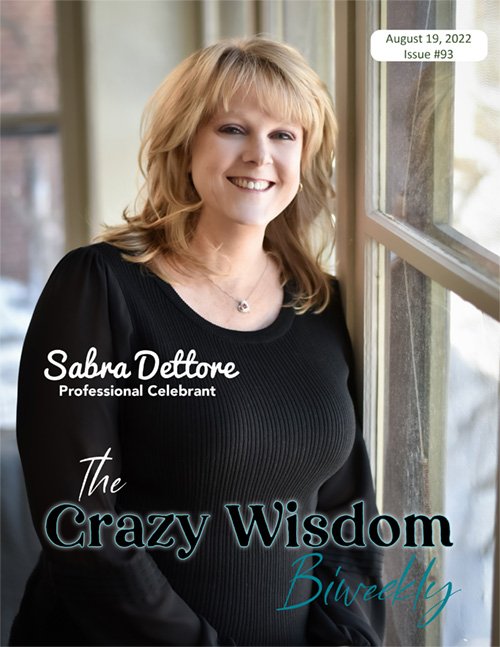
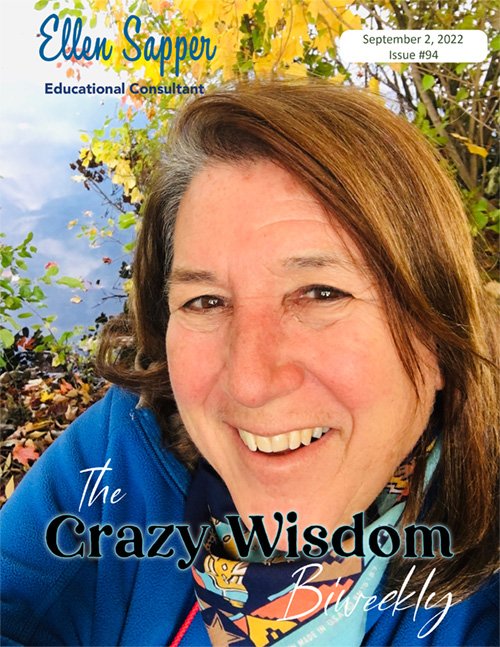
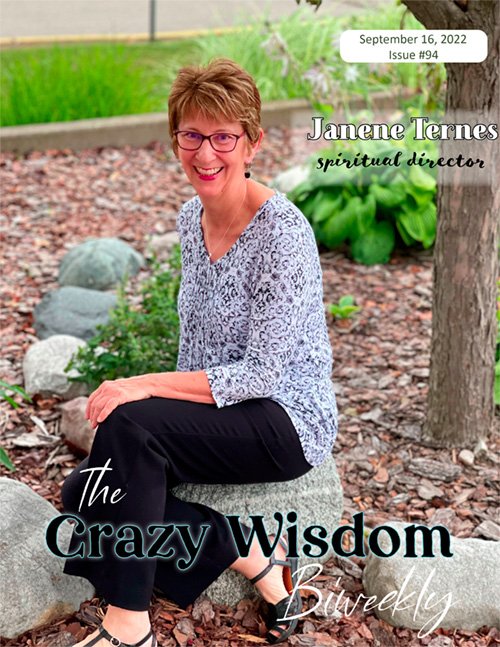
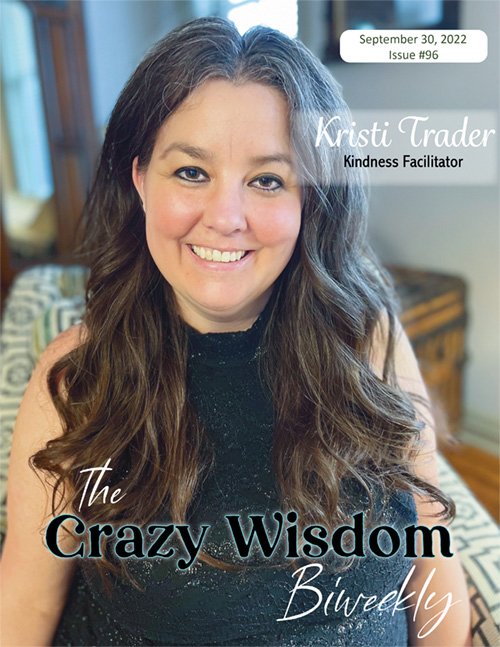
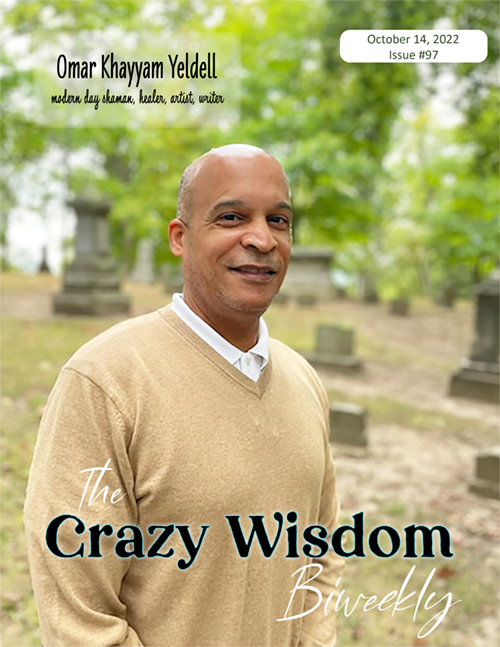




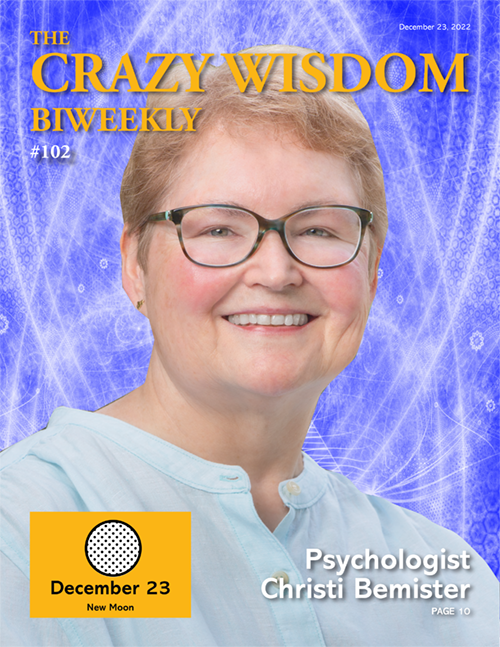

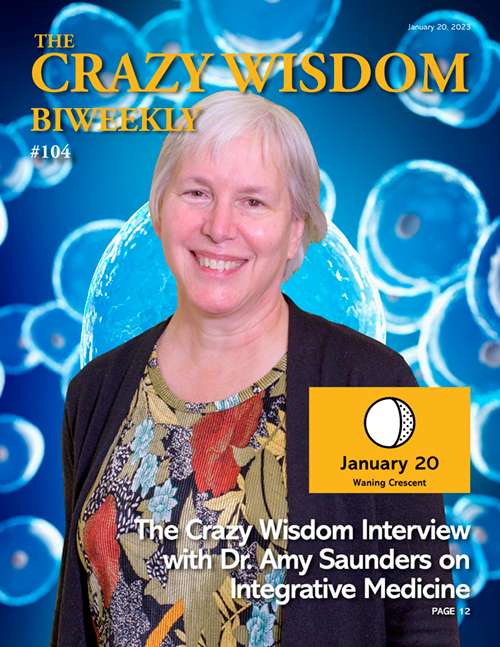



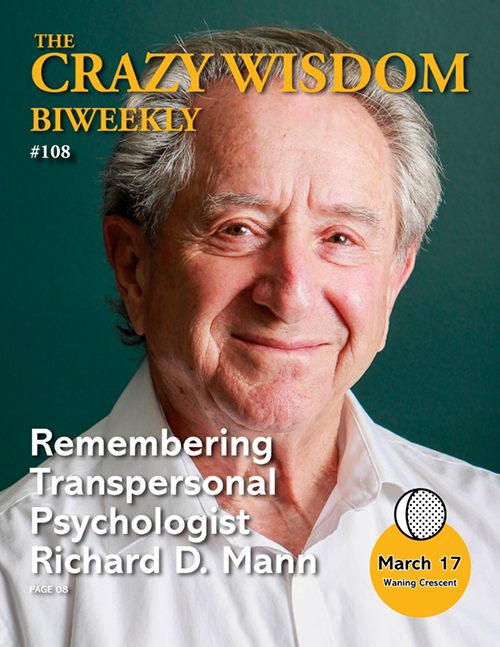
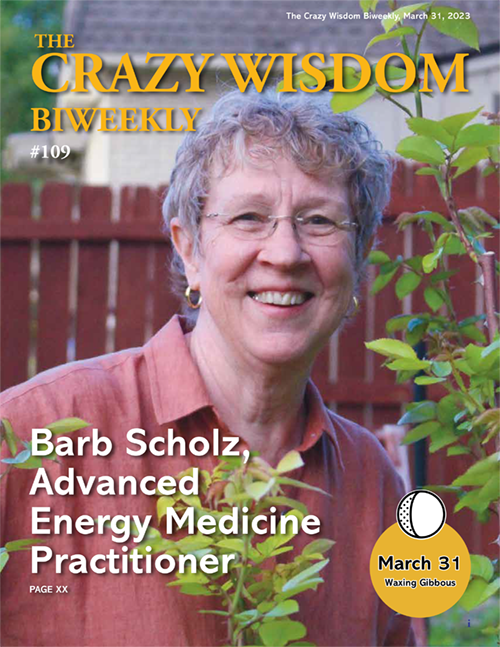
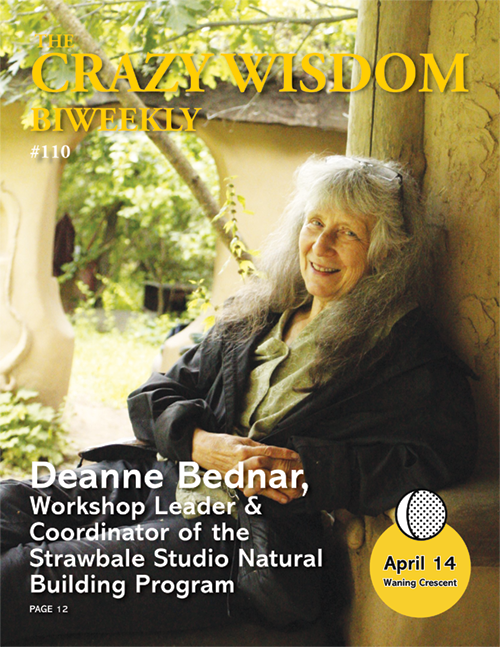
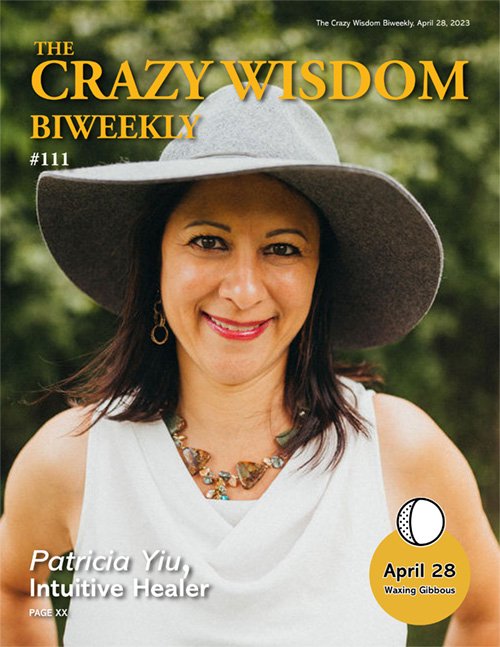
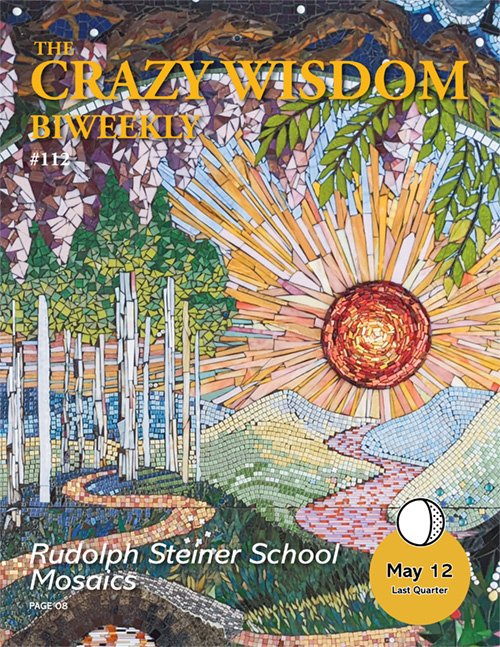
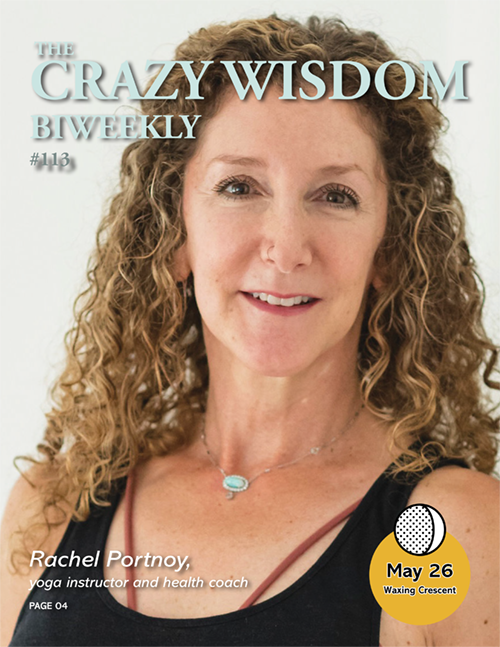
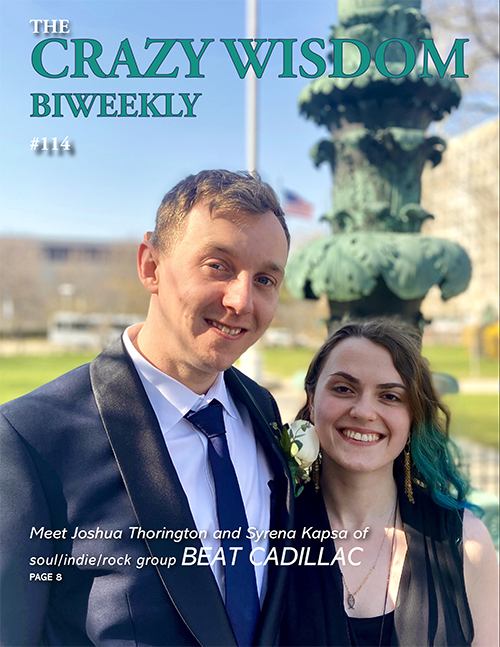
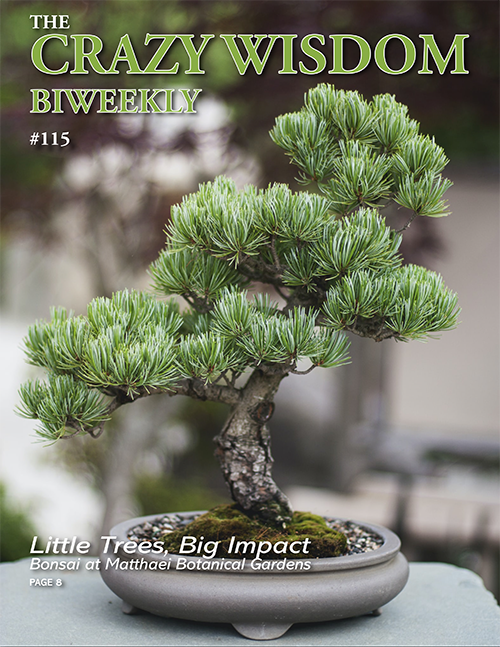
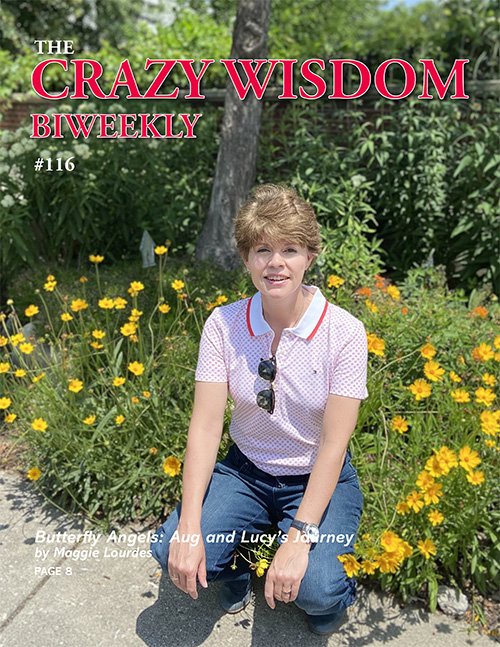
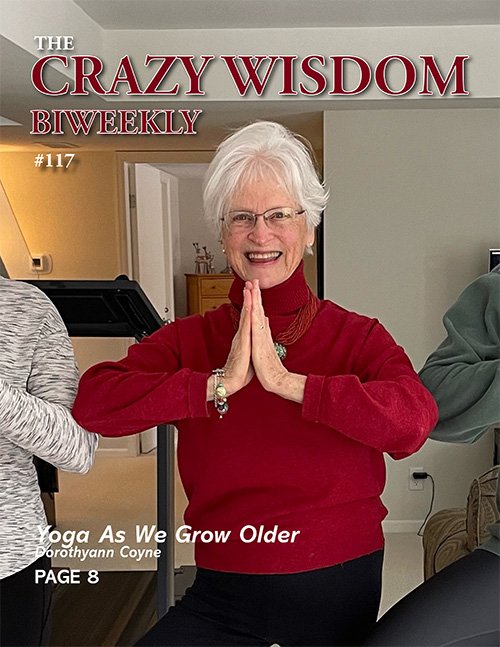
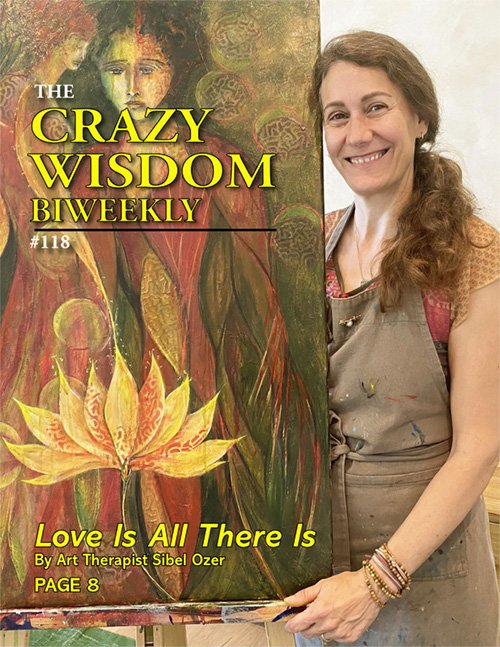
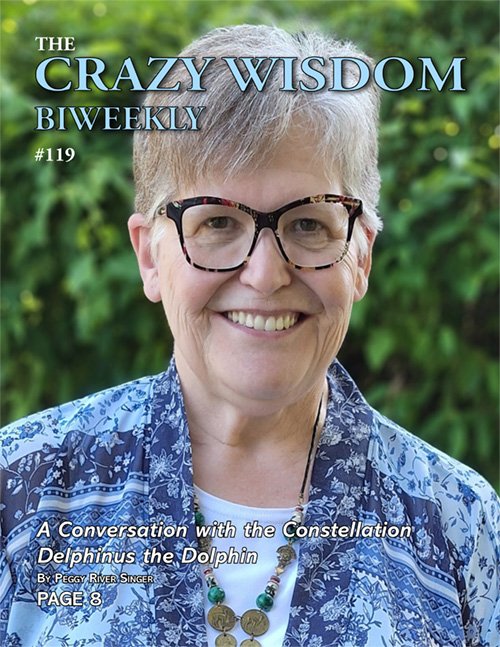

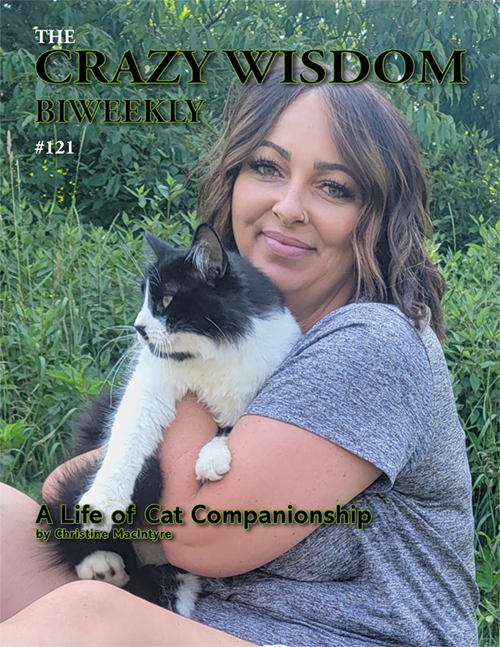
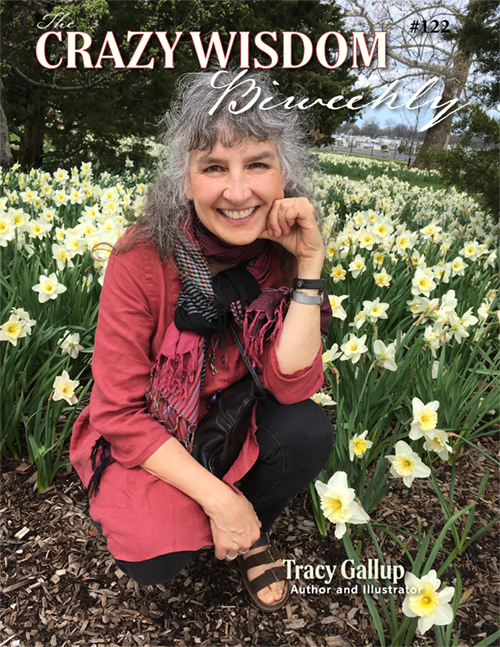
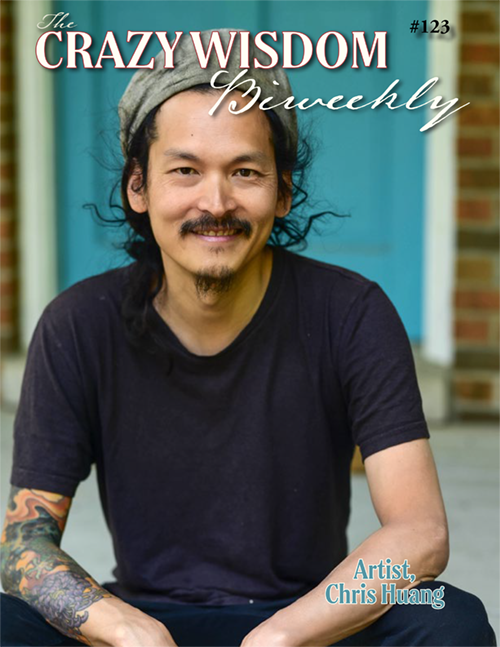

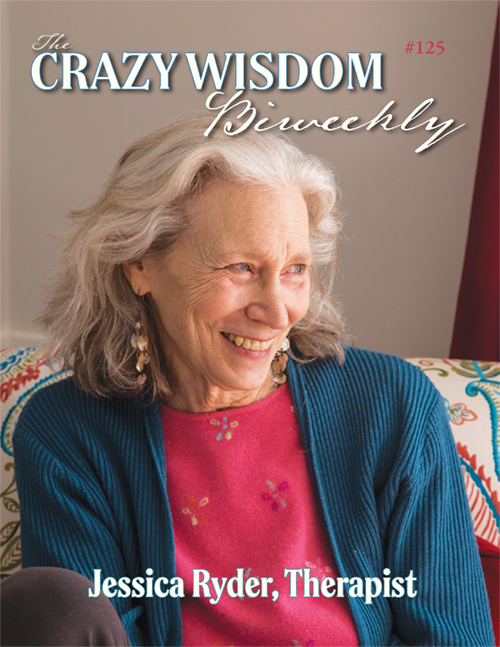

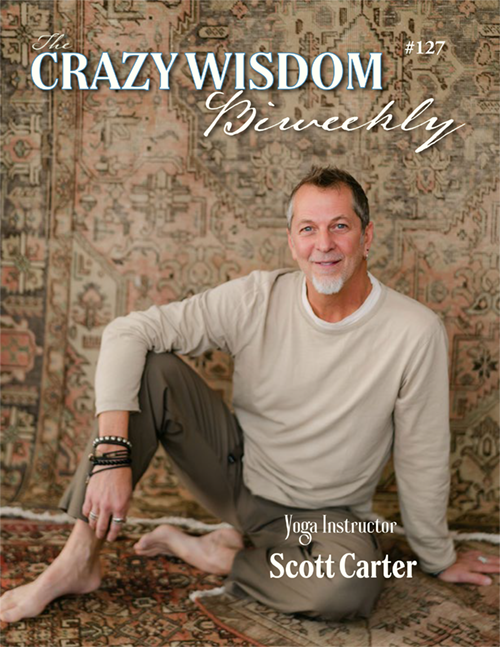

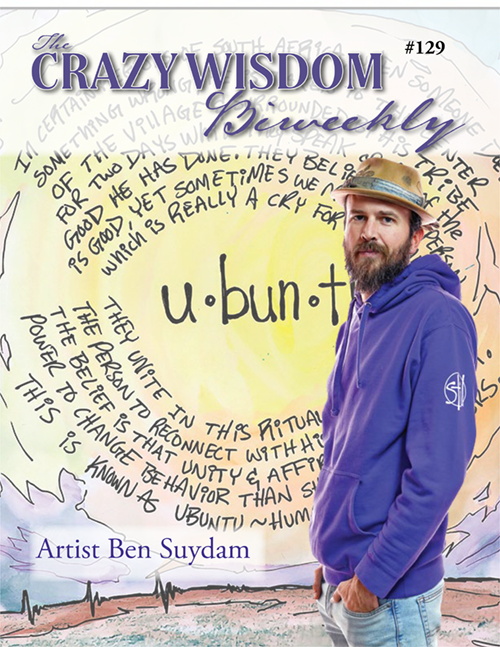
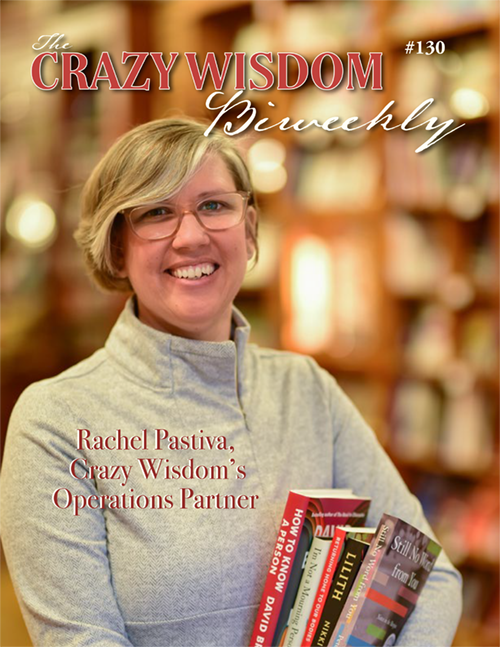
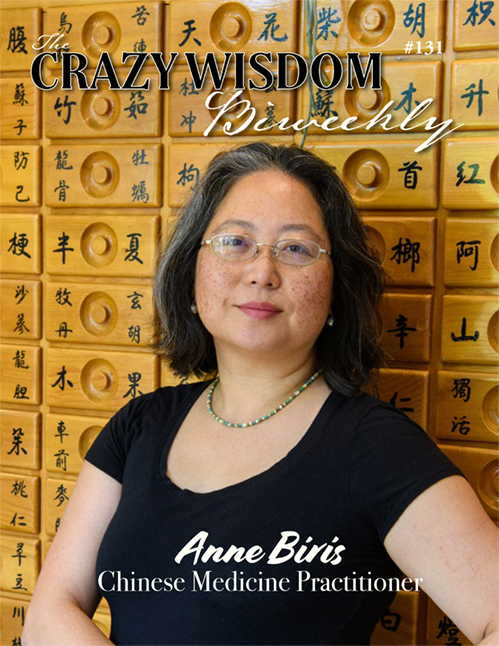
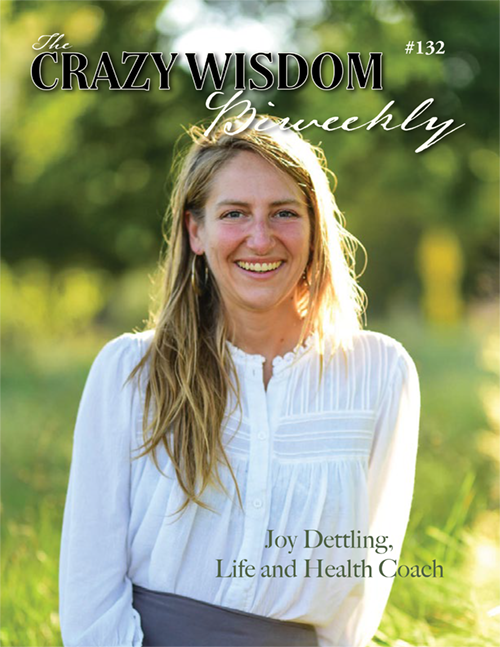
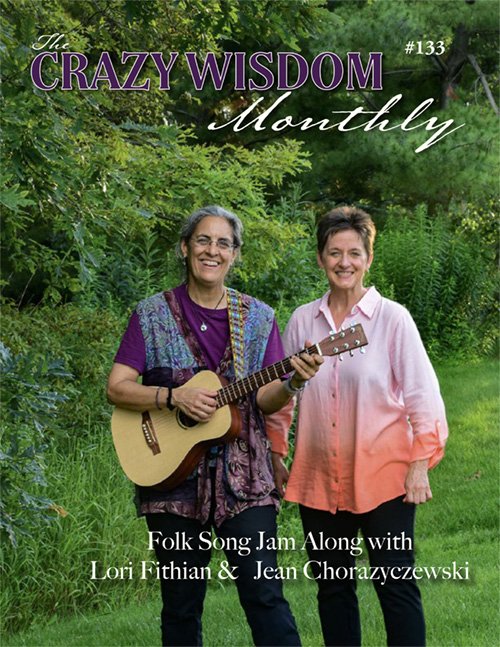












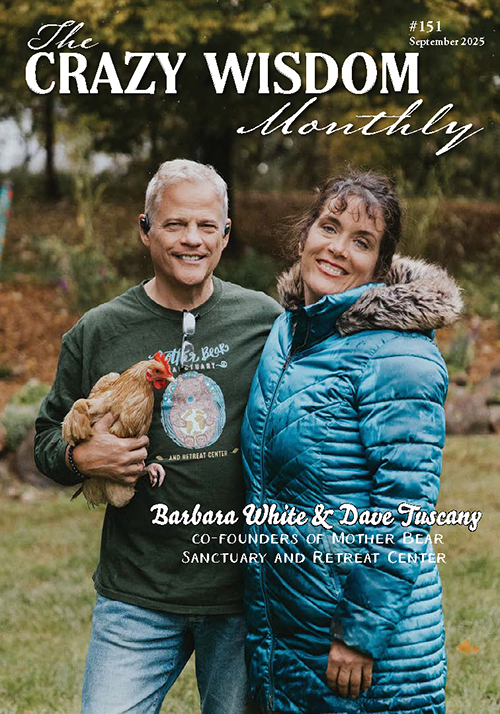



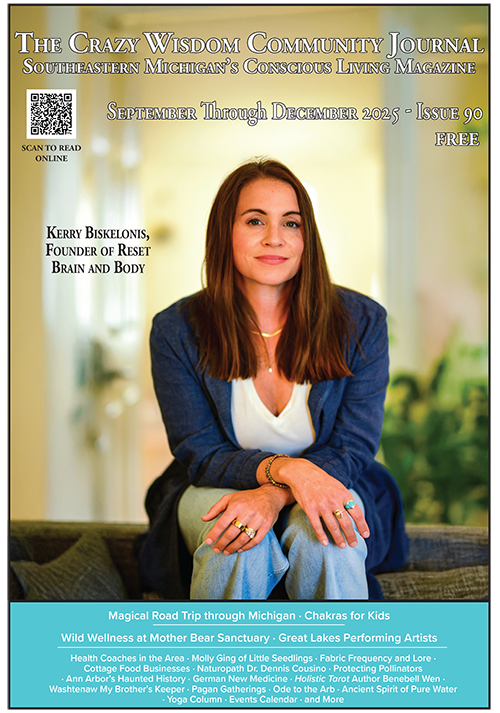







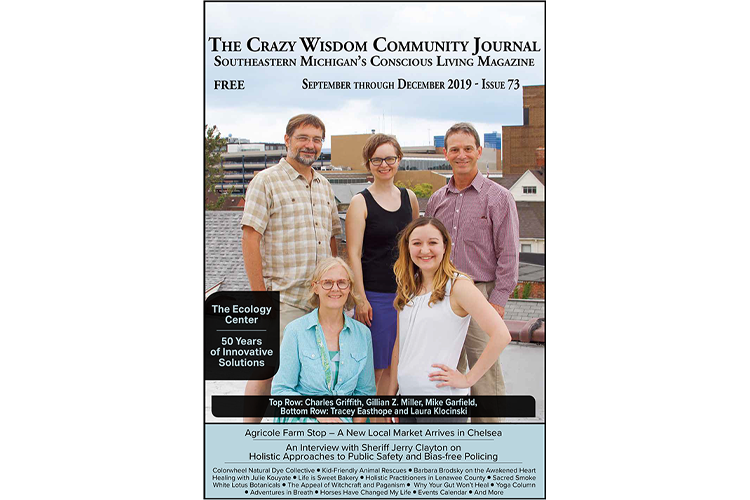
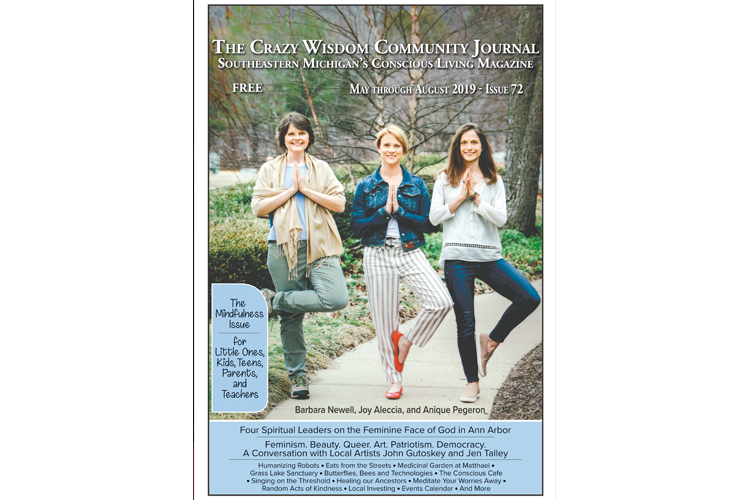
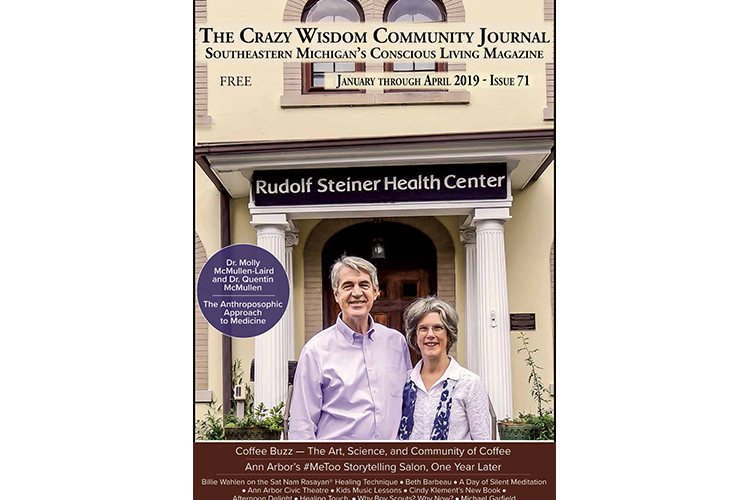

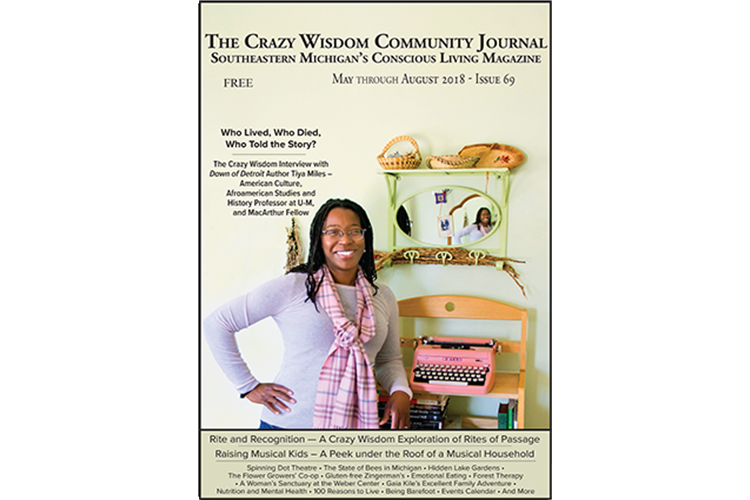

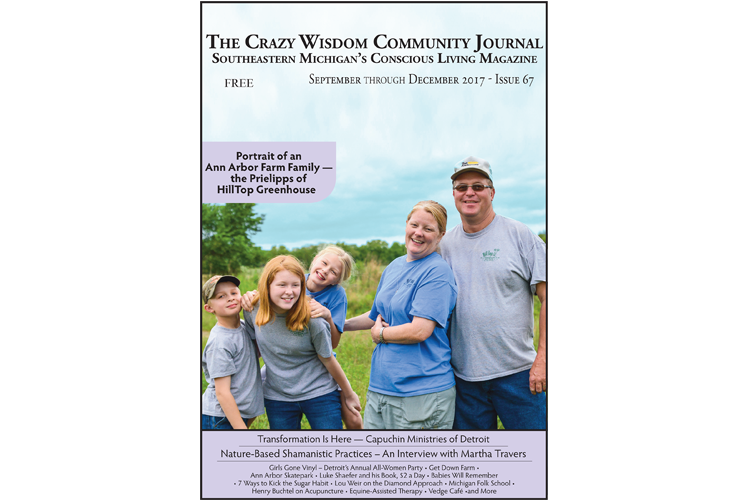
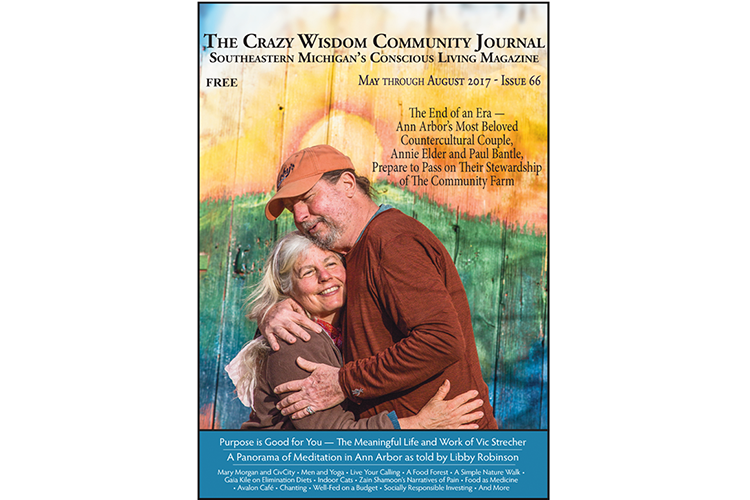
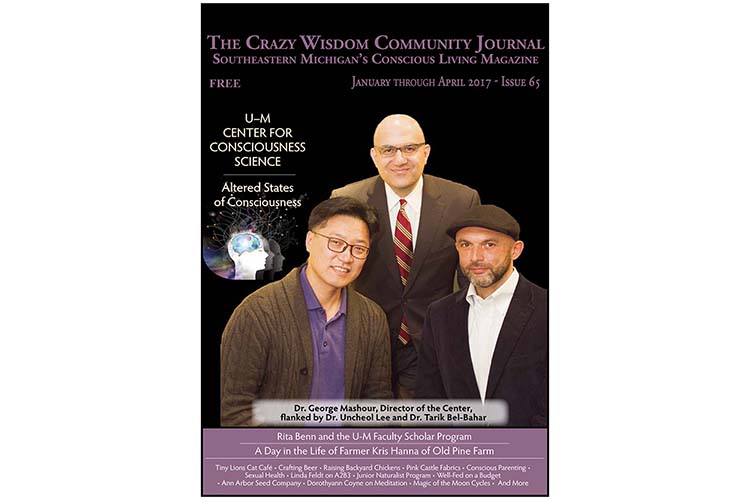
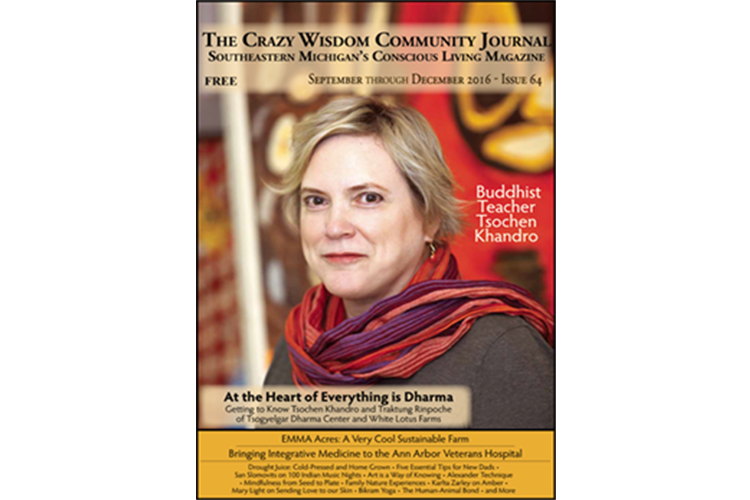
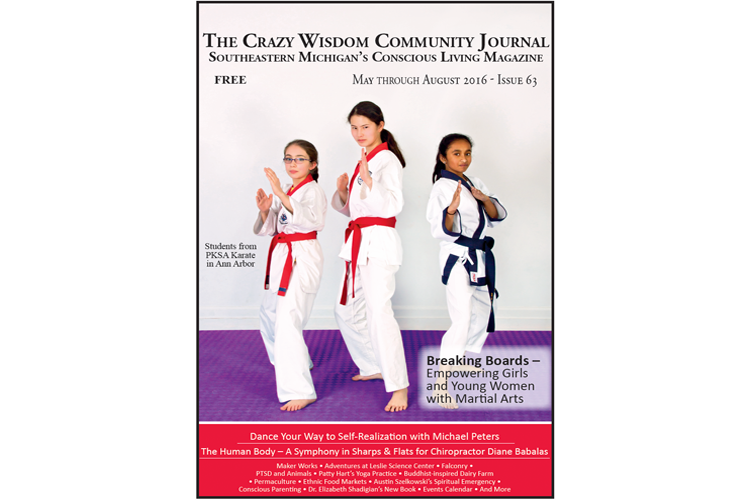
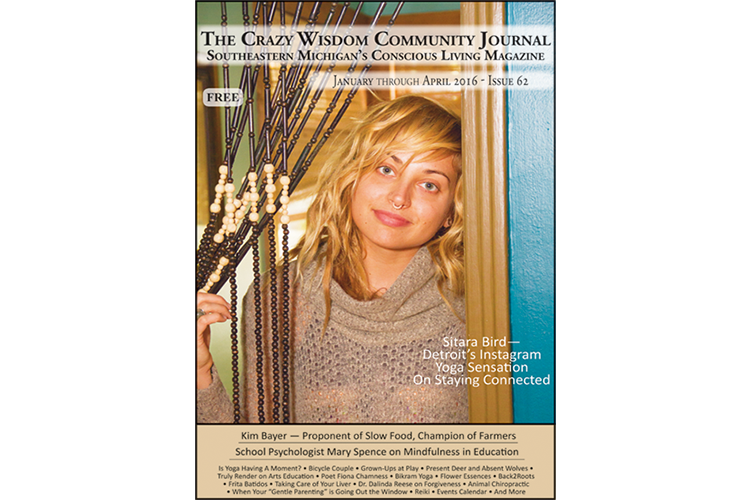




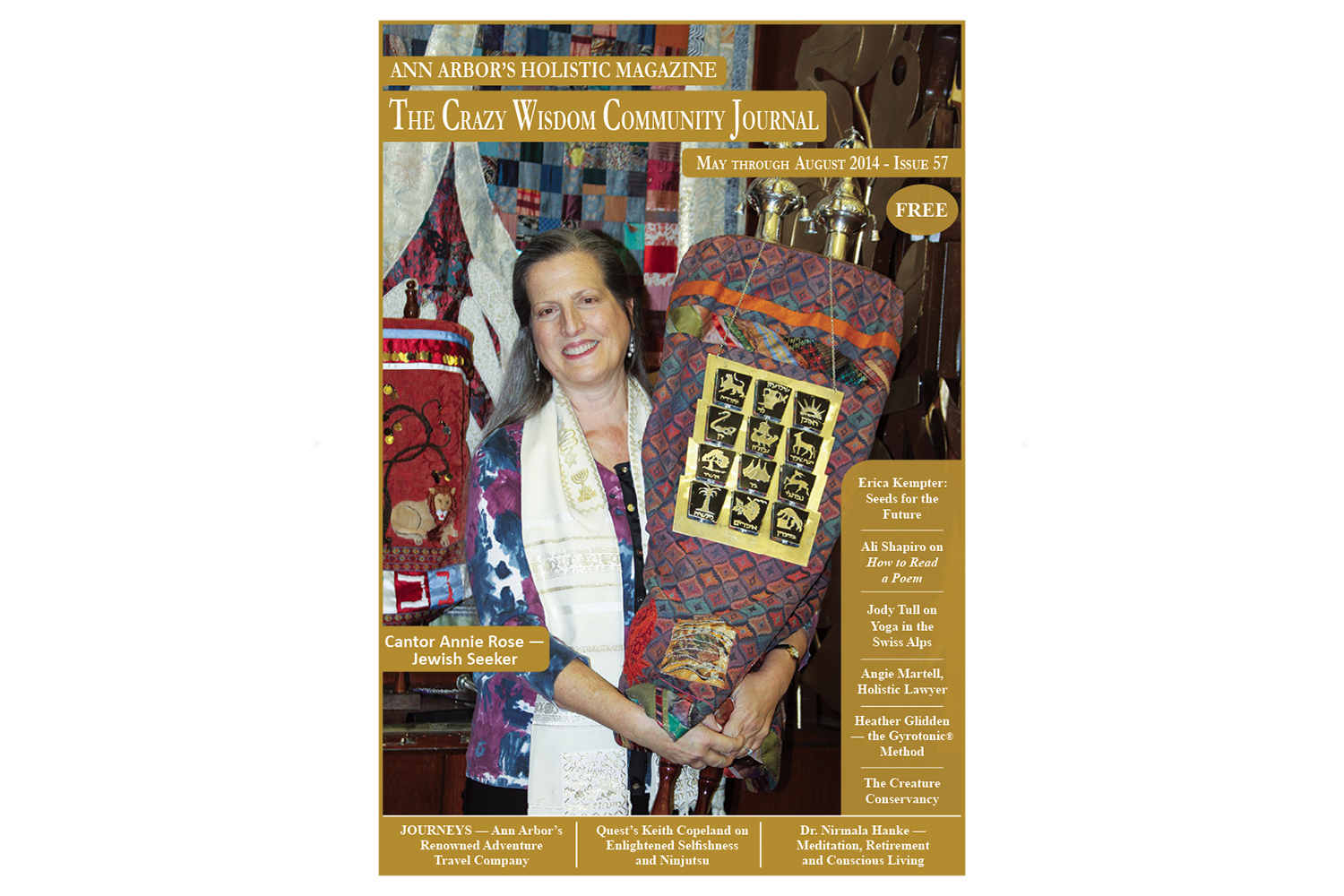
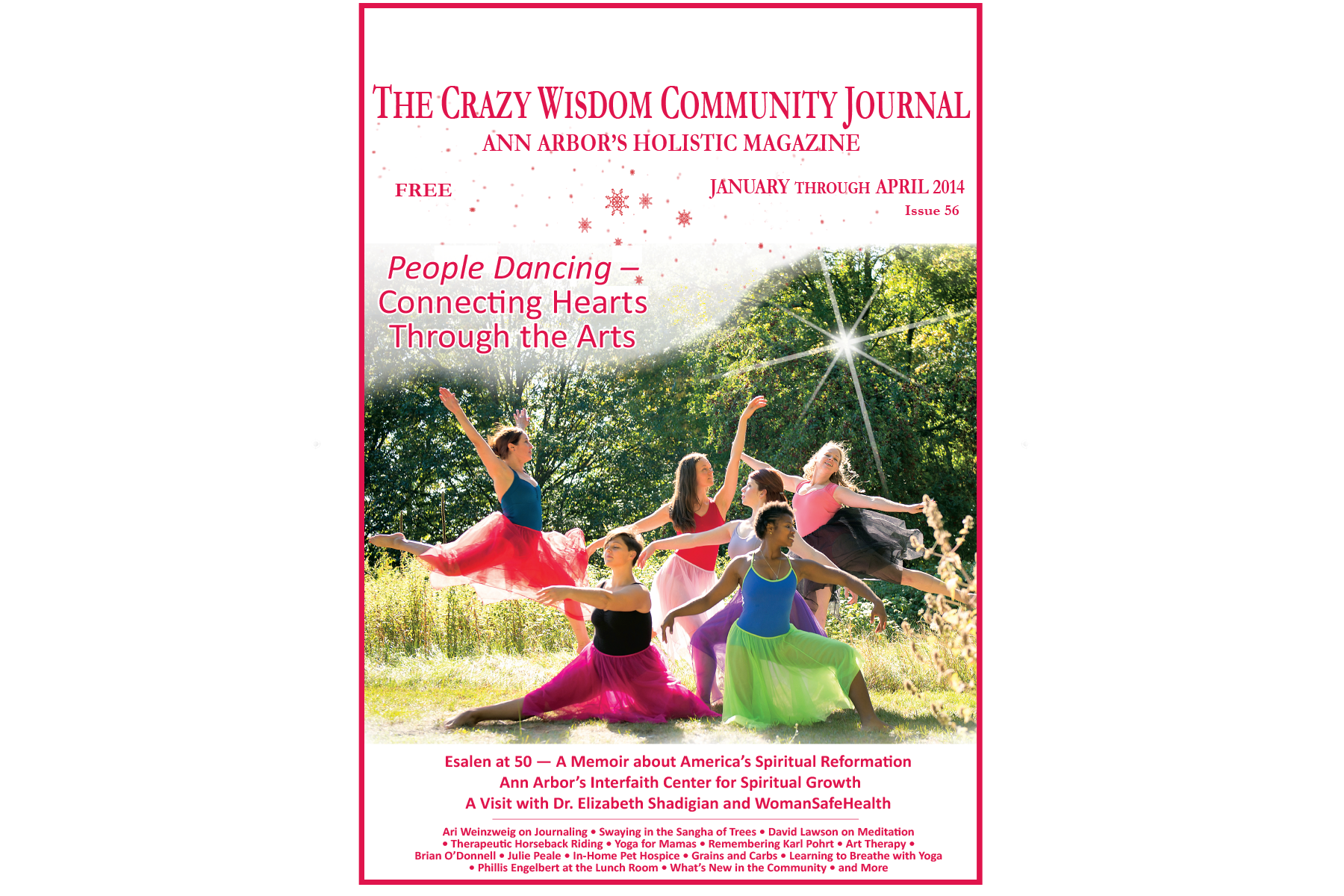

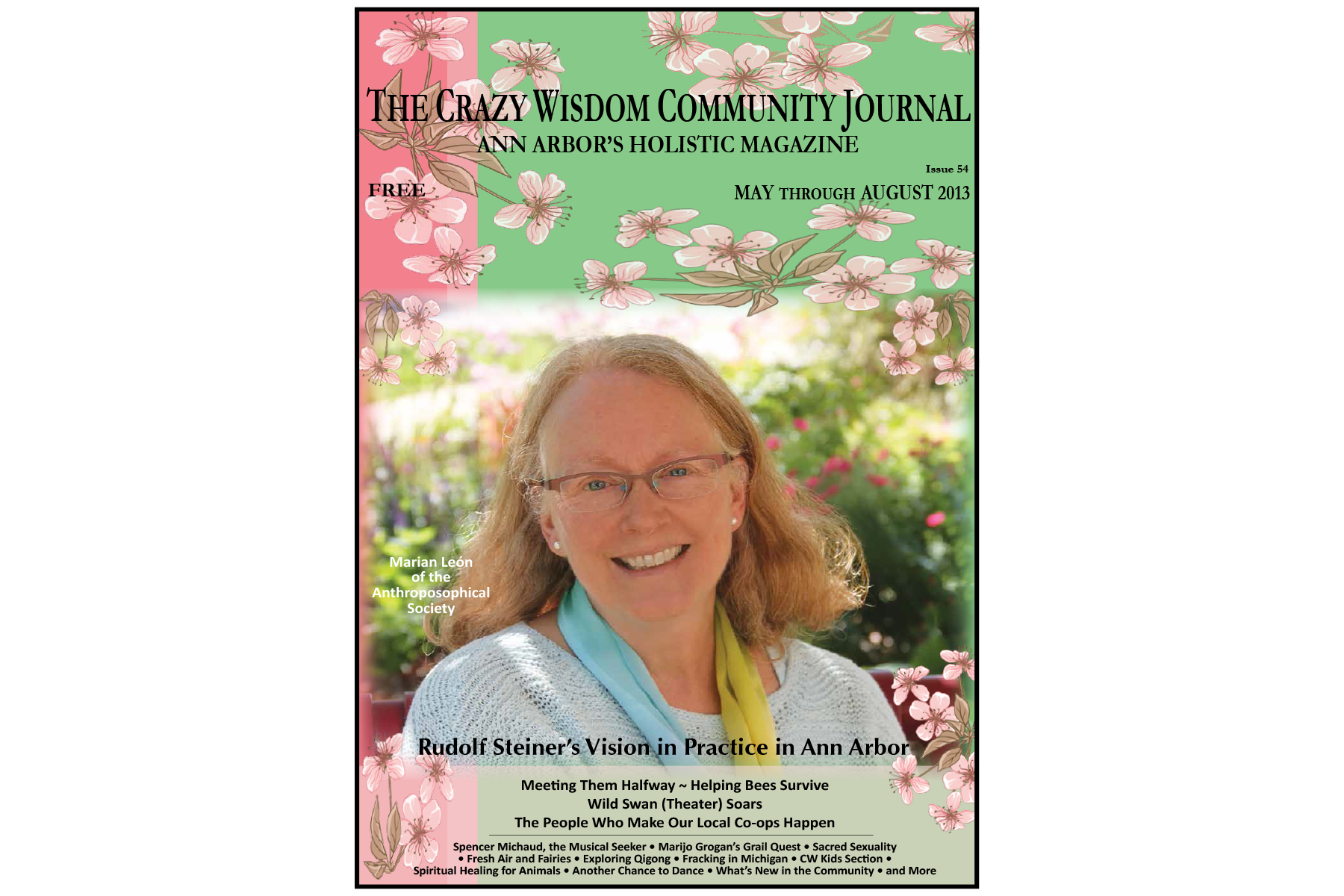
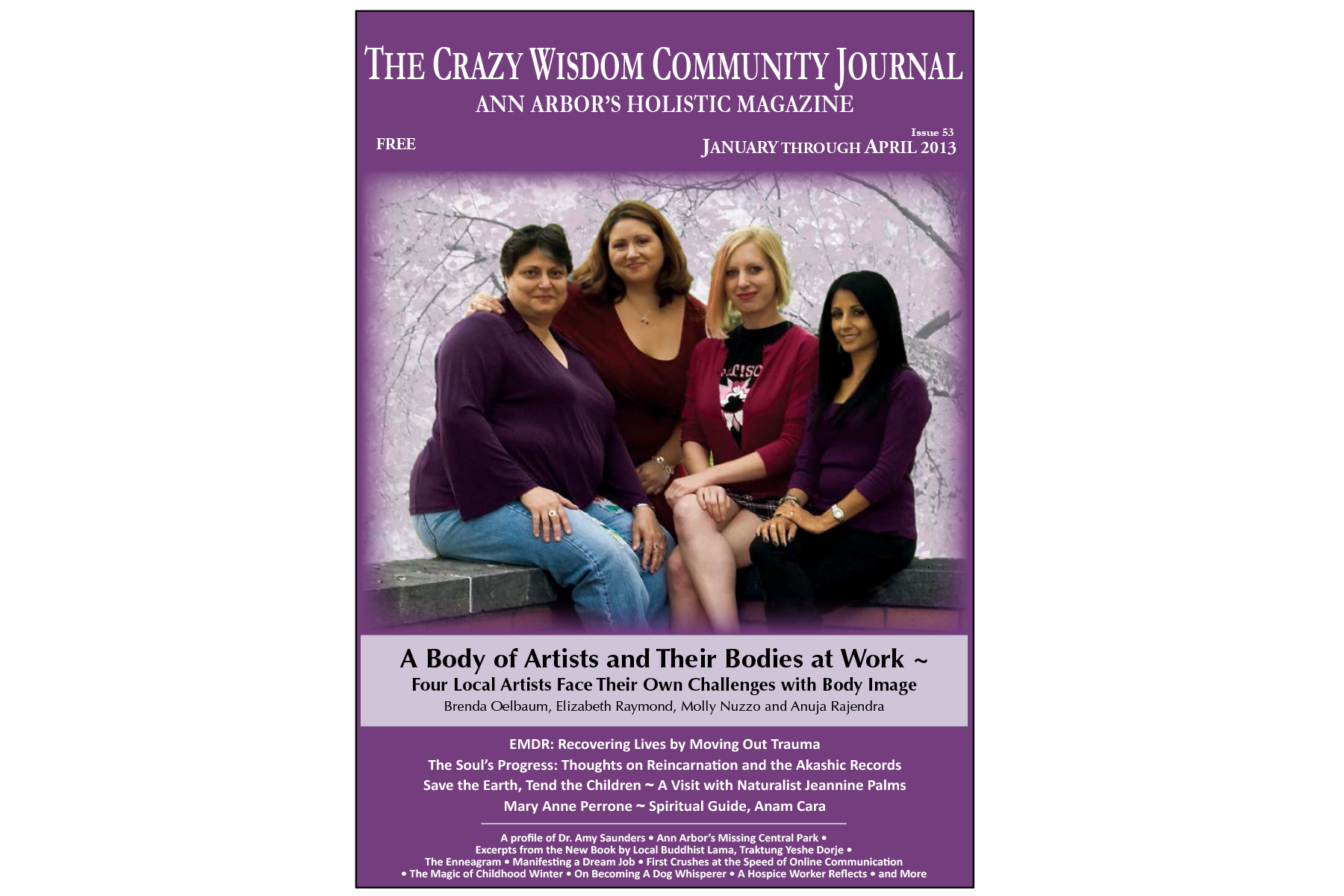
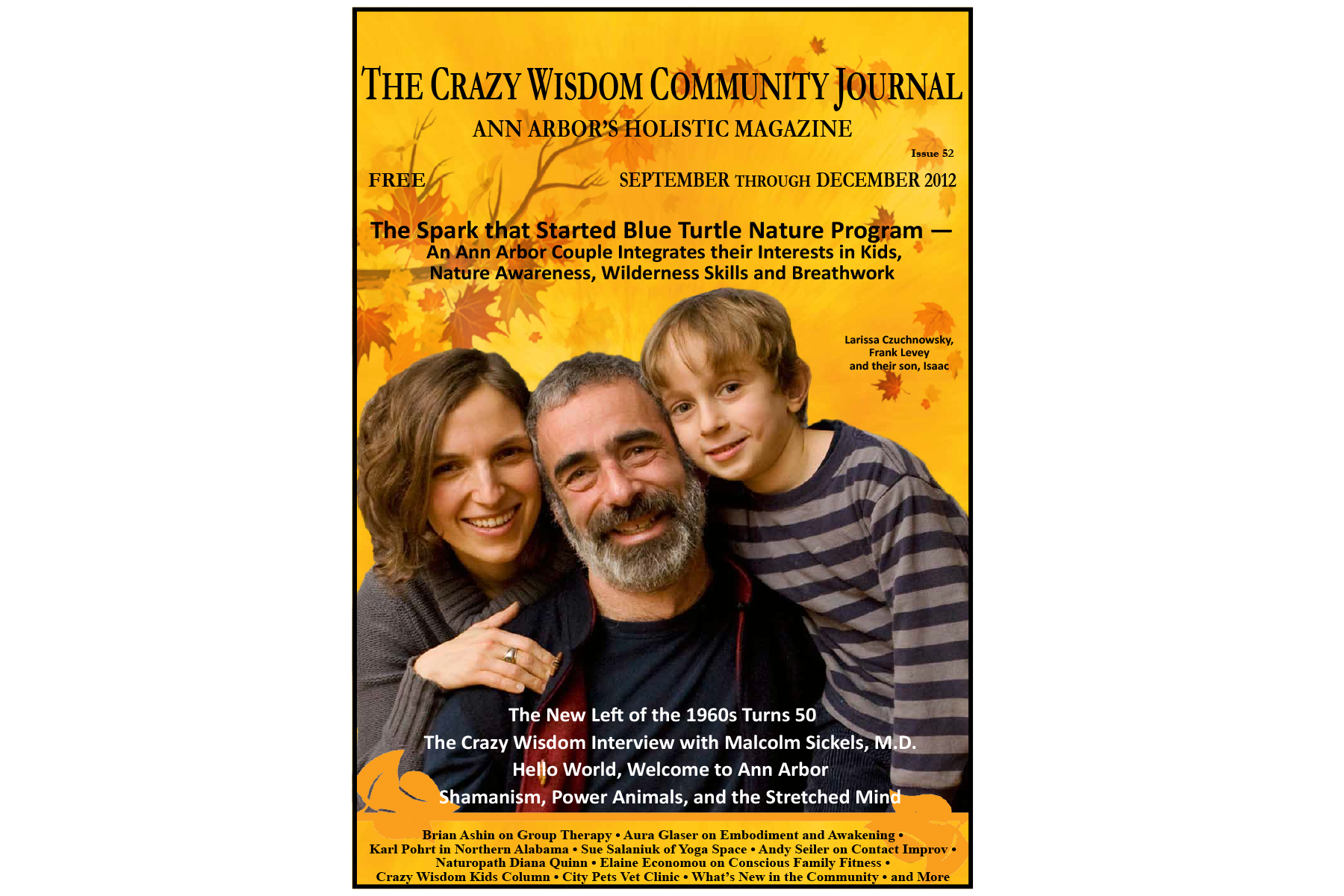
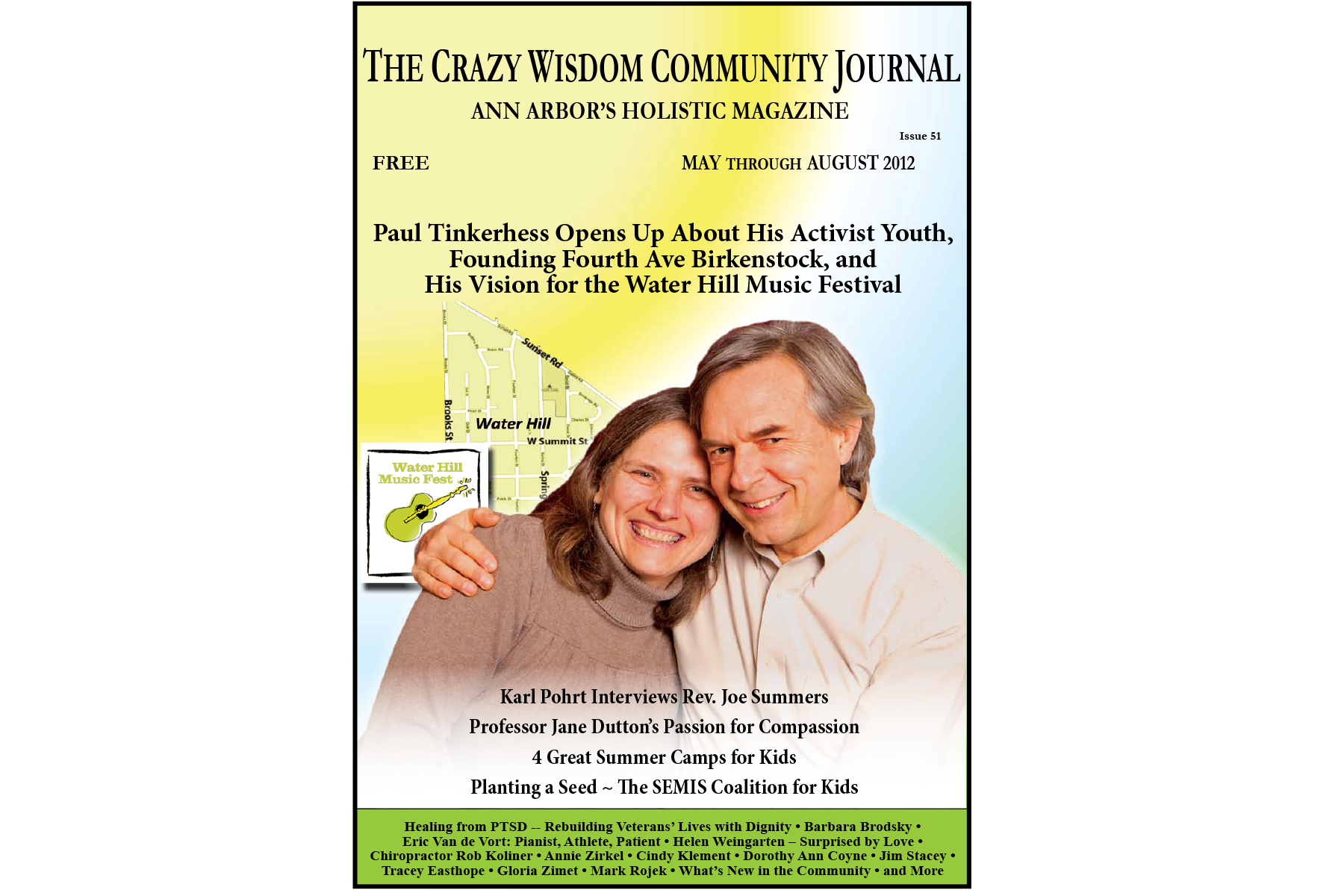

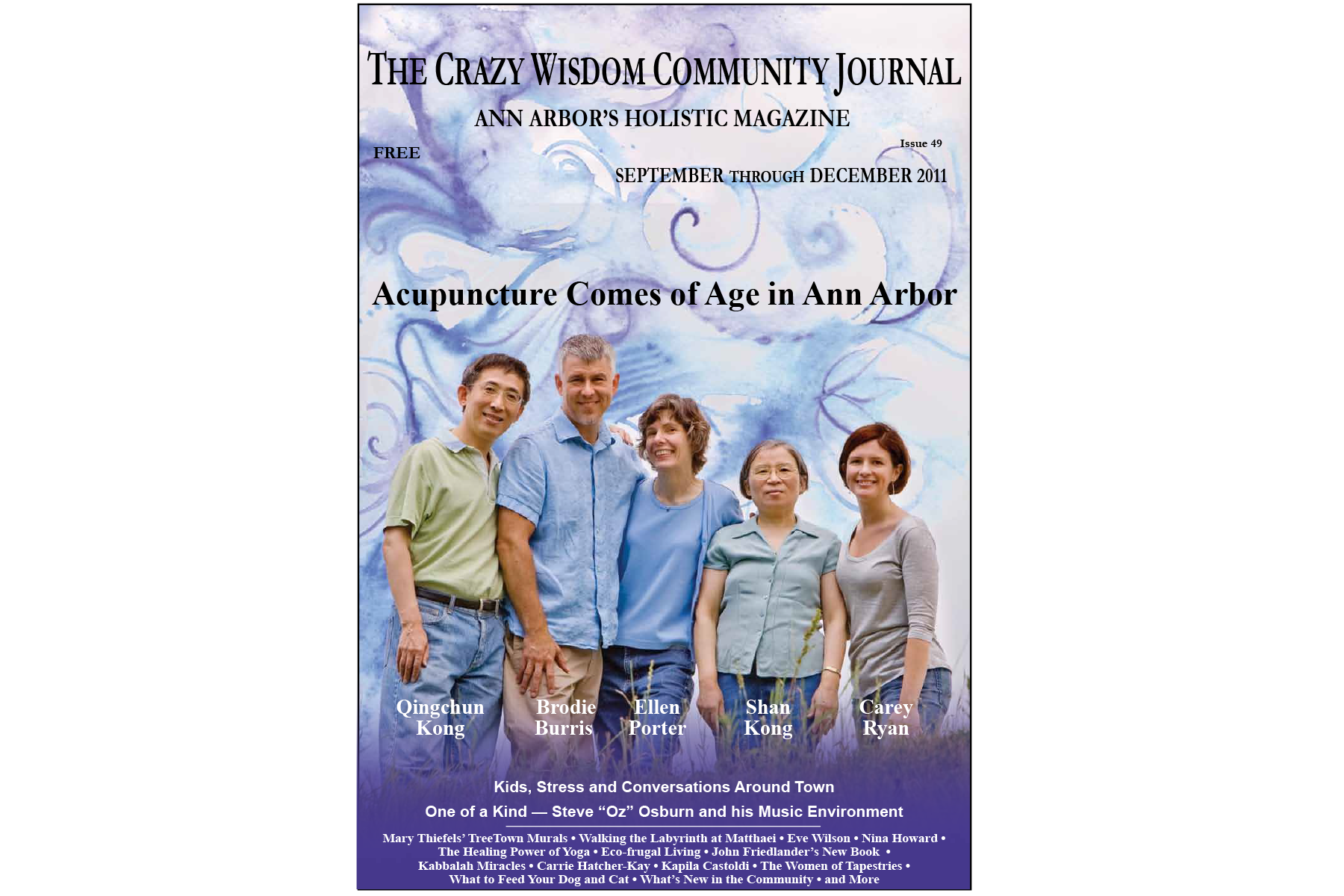
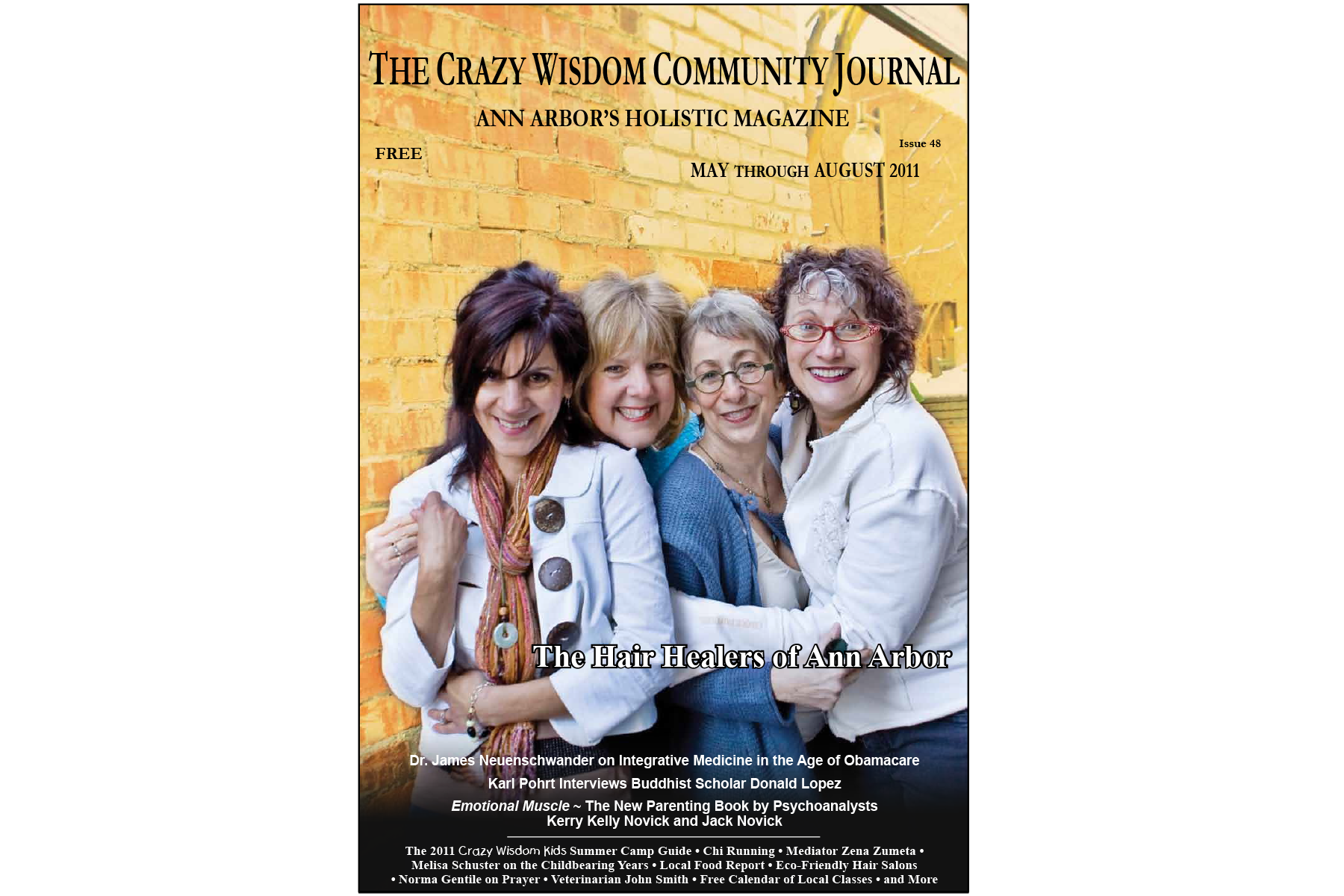

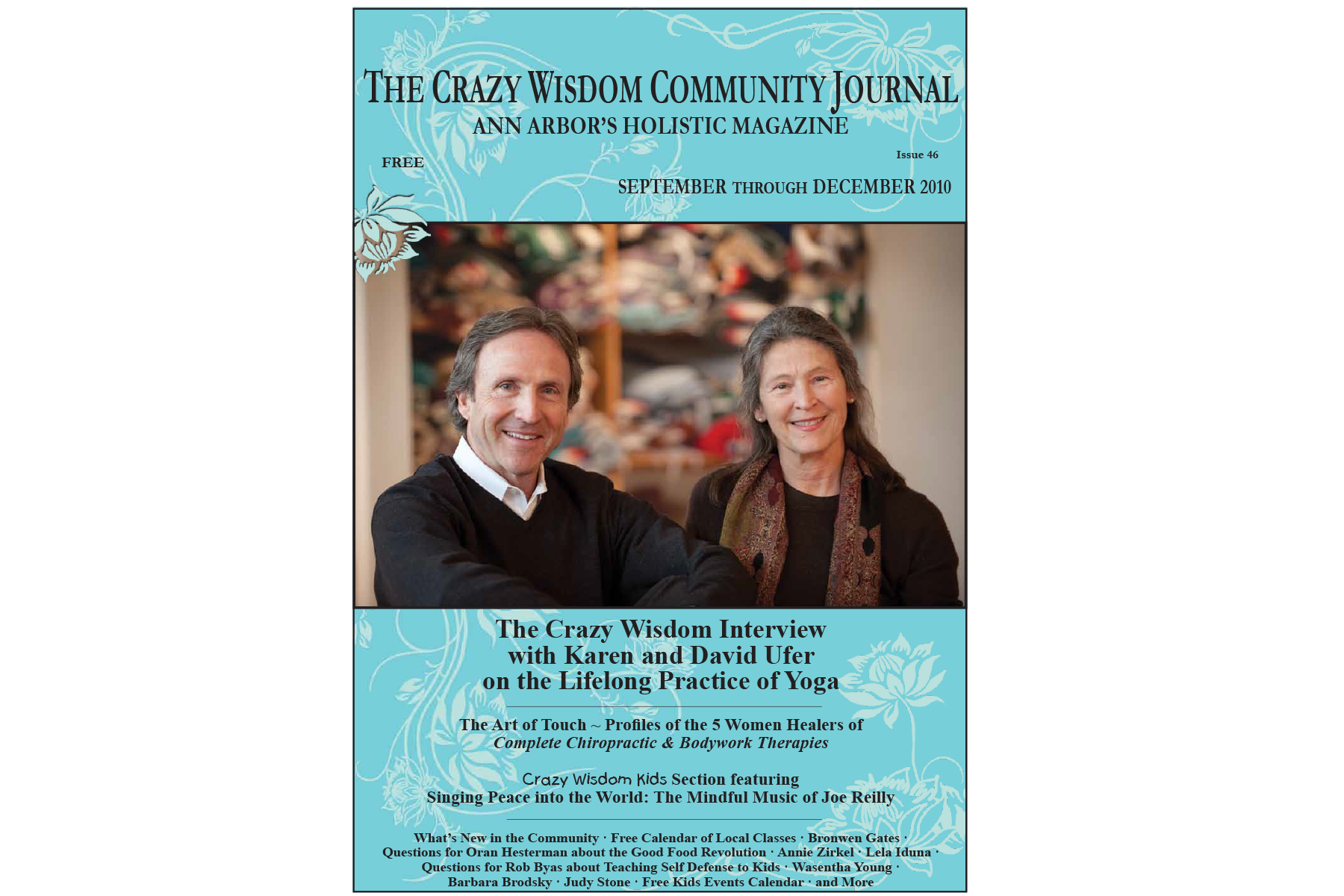

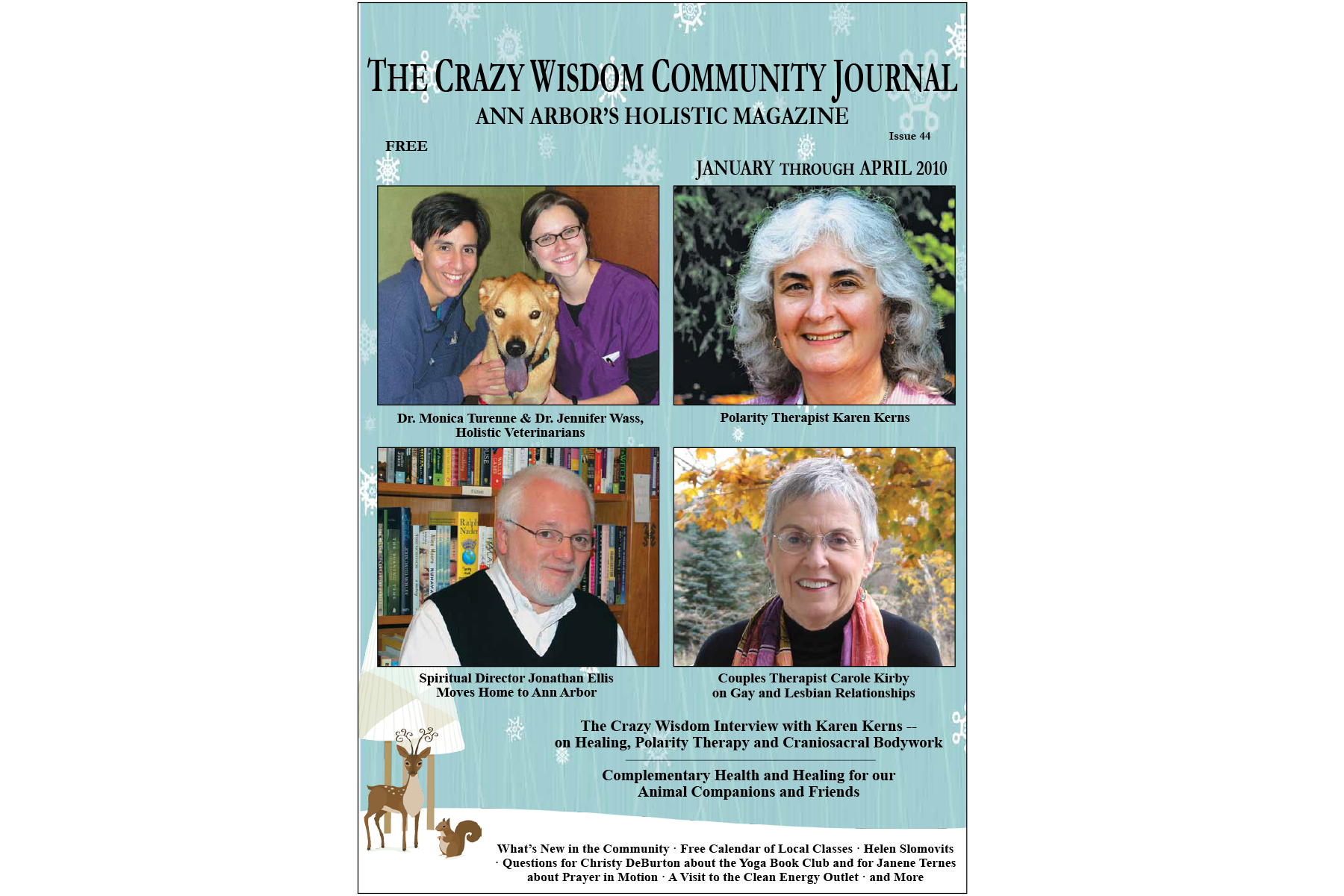



I also adore leading, or more often being led by, these foundational elements of yoga. This is That: Patanjali’s Yoga Sutras Padas 1 and 2 by Anand Mehrotra, gets right to the heart of your question when he writes “… it is very dangerous to translate it merely as “Thou shall speak the truth and only the truth.”” He goes on to explain that all of our truths are subjective, based our own experiences, and not based on any universal or unbiased truth. He extrapolates that if we are in conflict, our truth is filtered through the lens of that conflict.